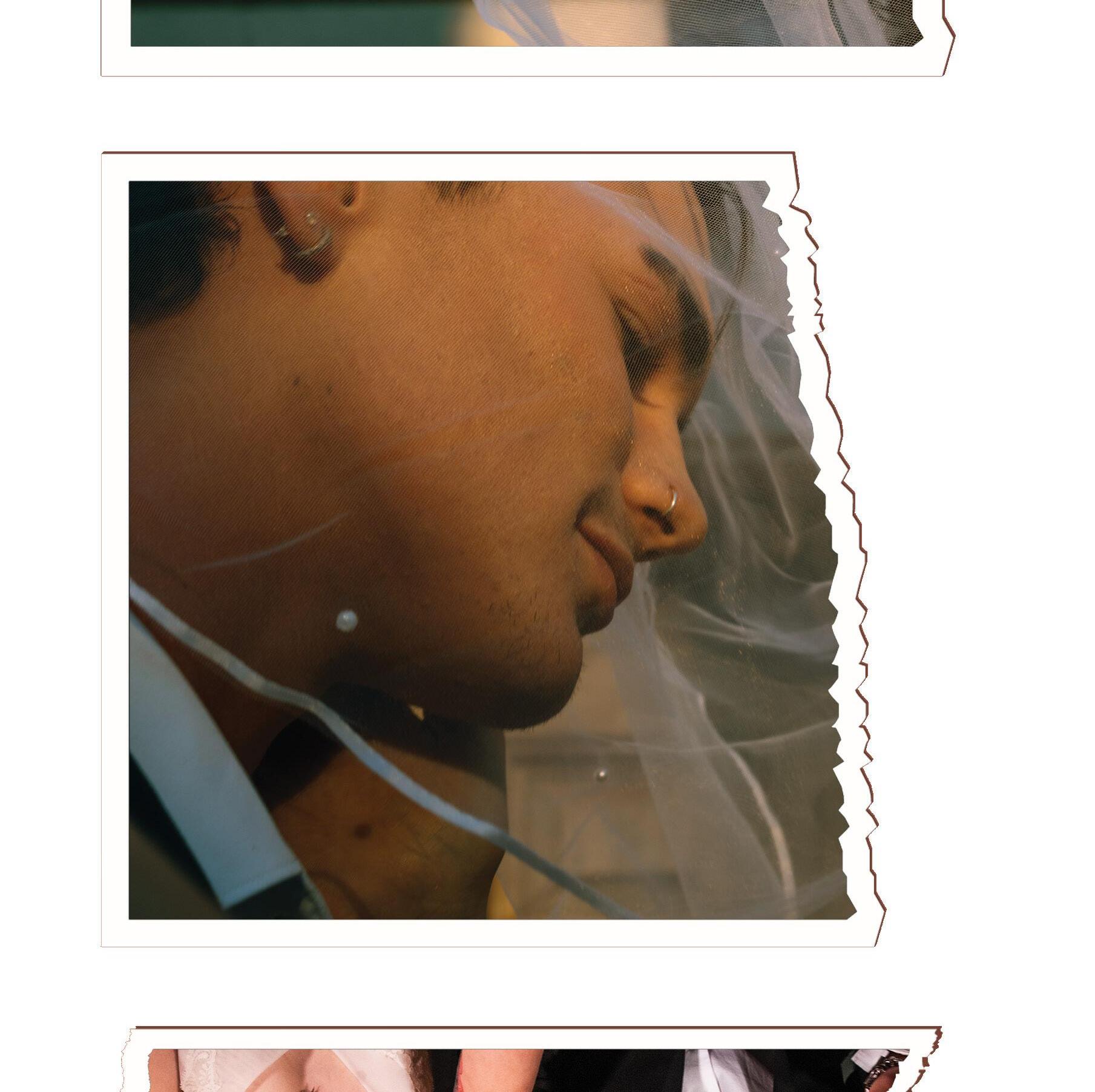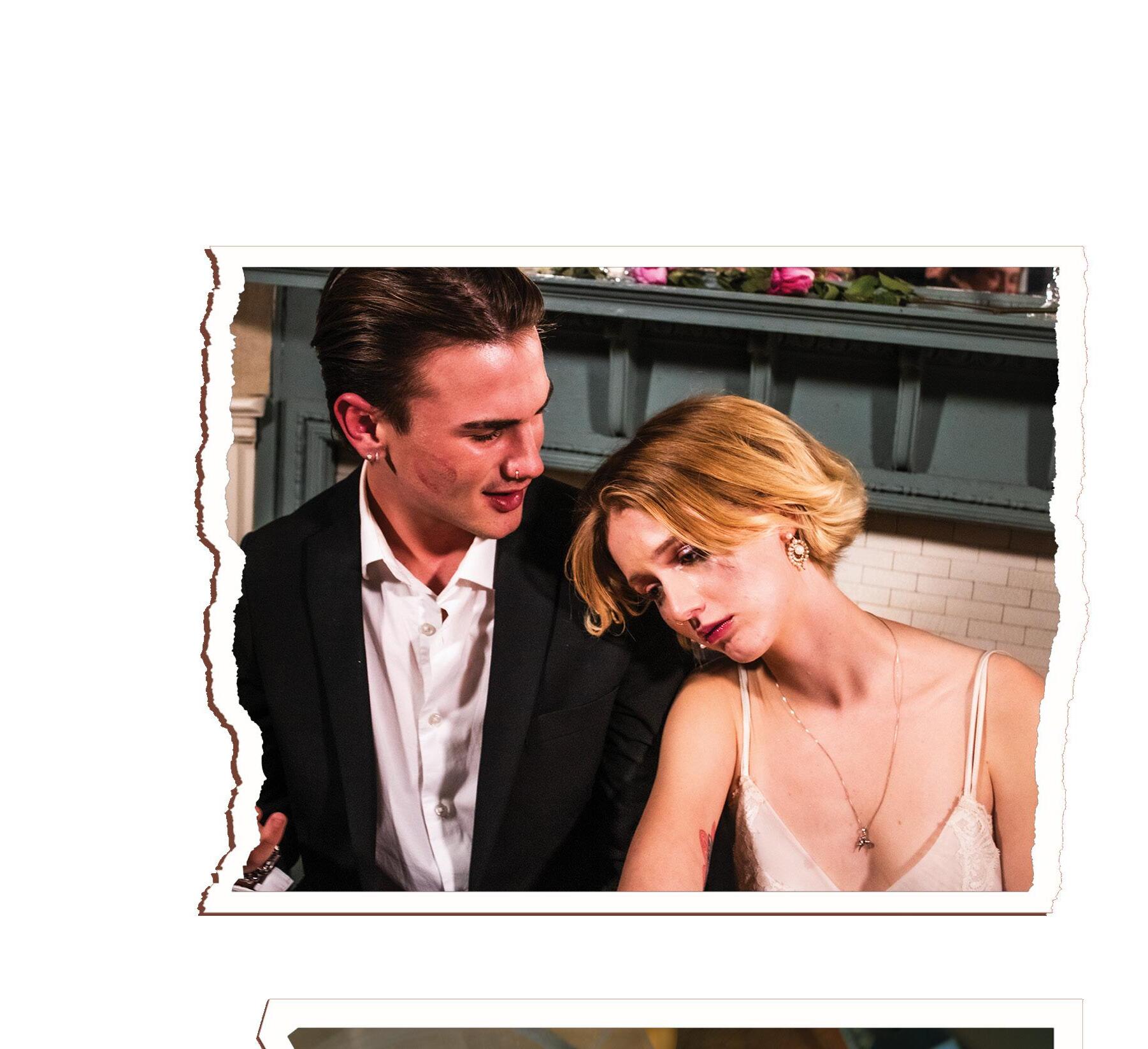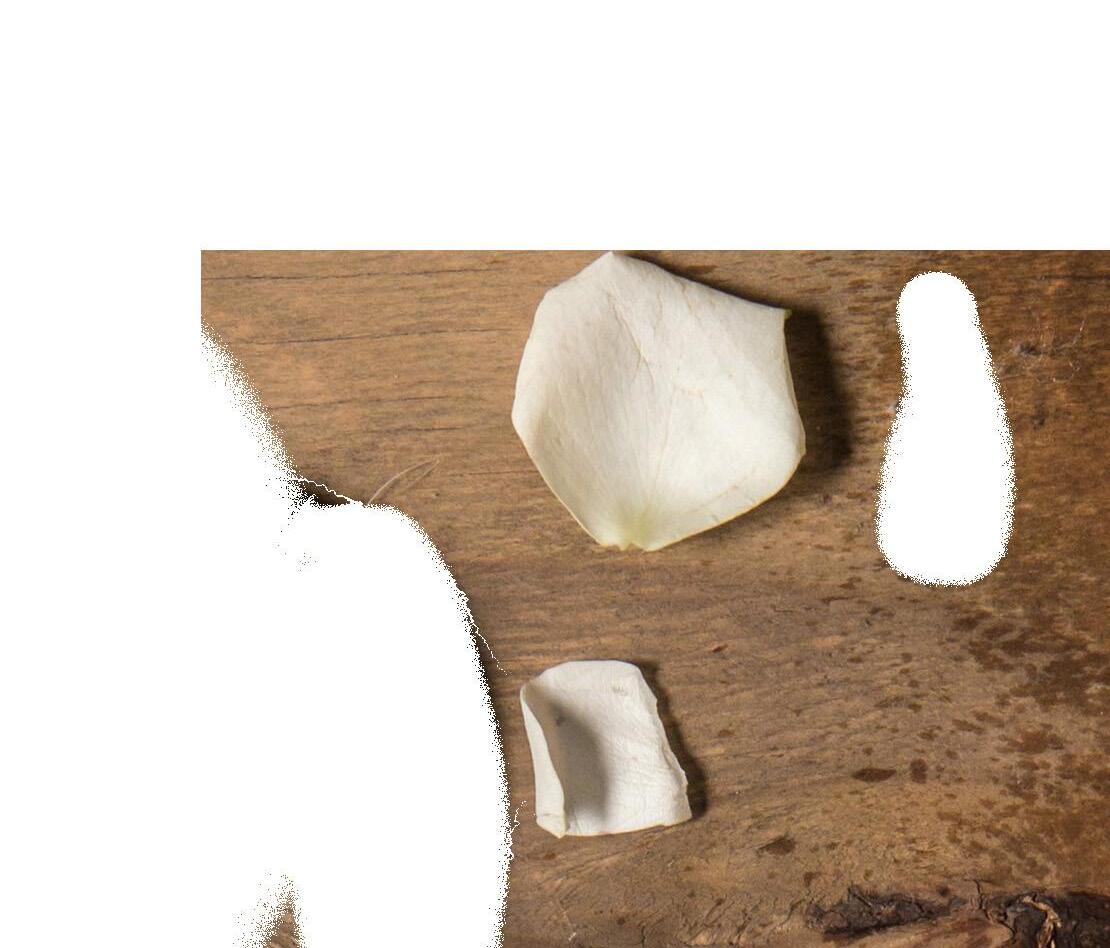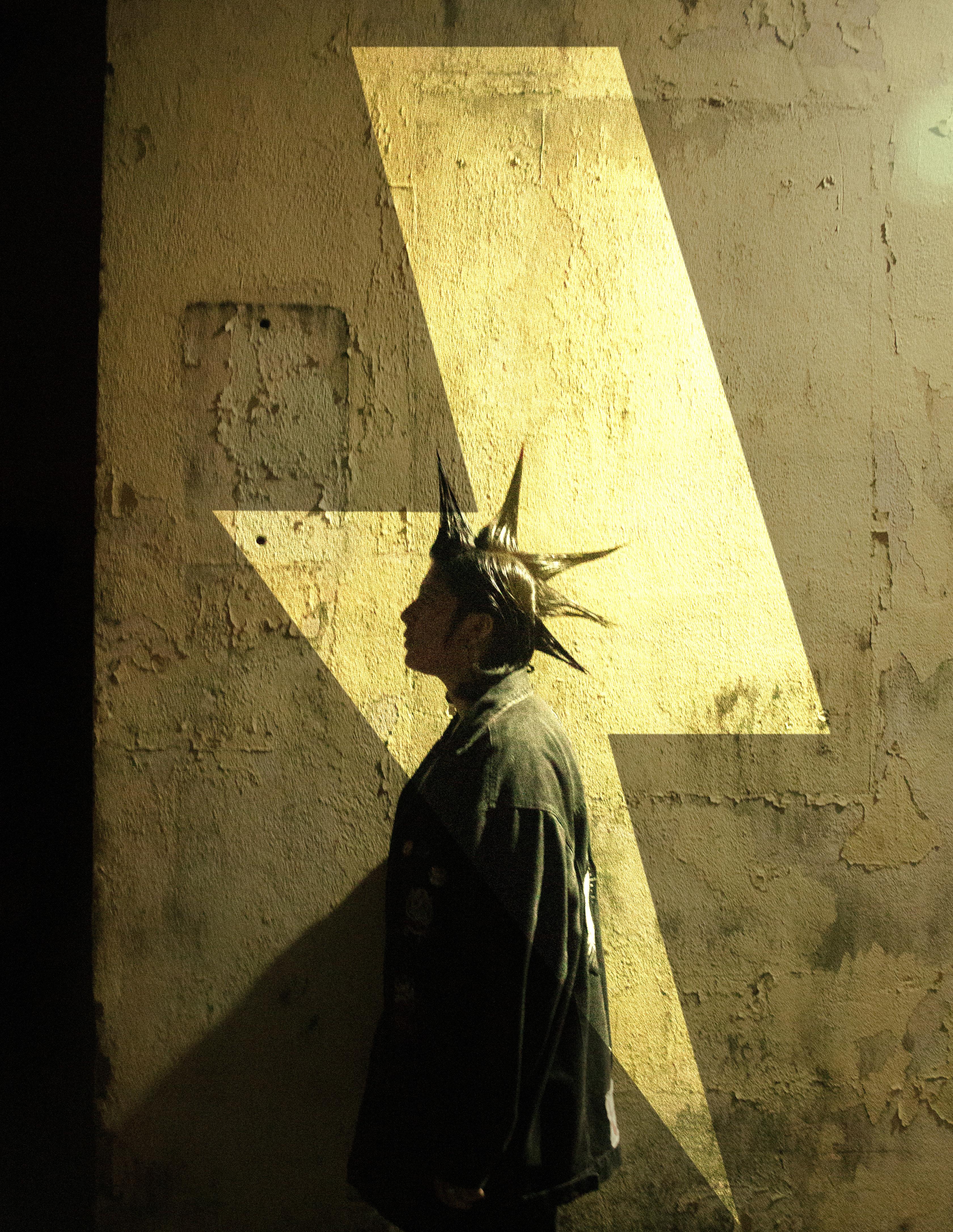




“Catalog”

 Assistant to PR Director Sara Orr
Assistant to PR Director Sara Orr










 Assistant to PR Director Sara Orr
Assistant to PR Director Sara Orr




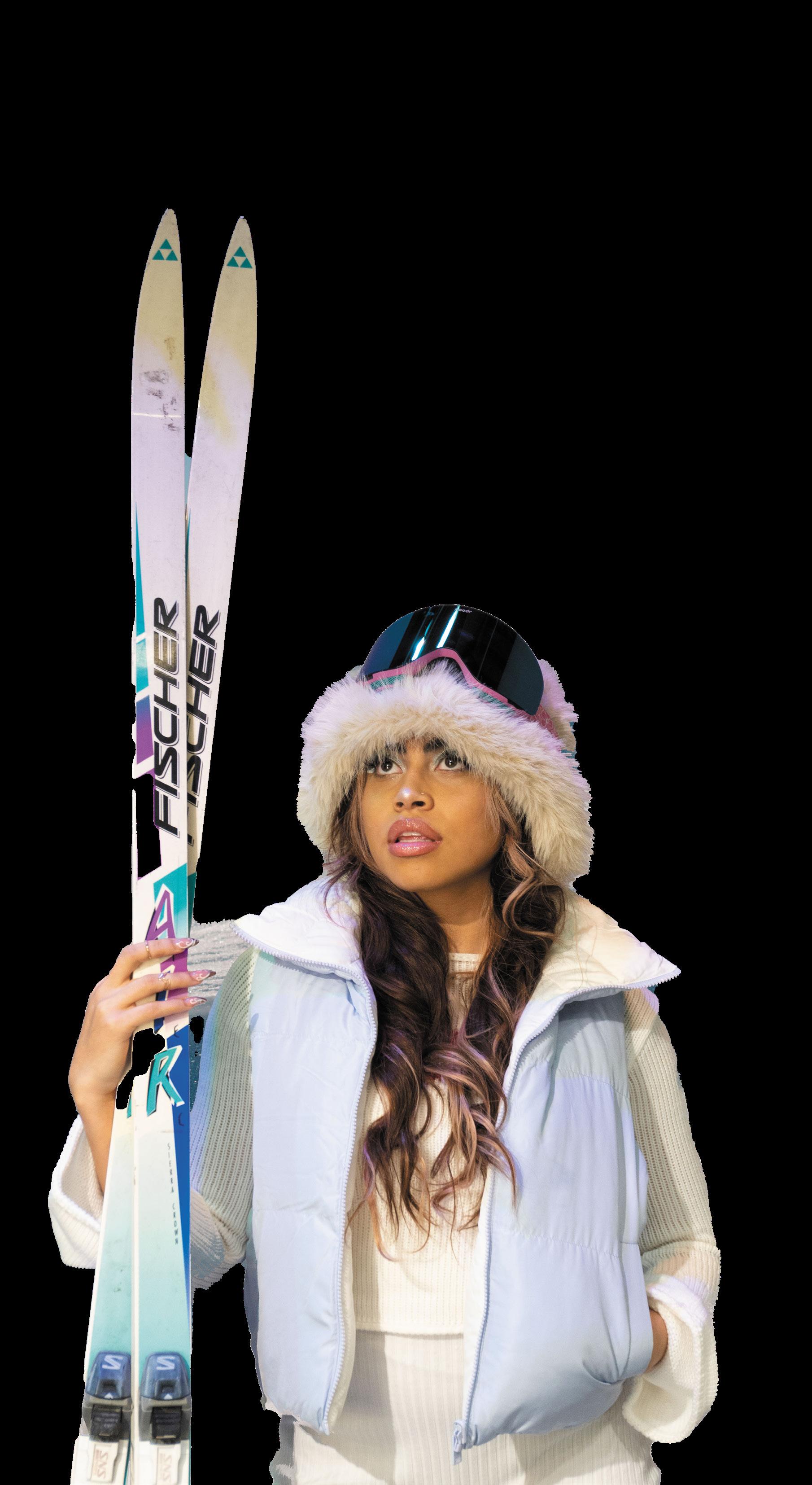



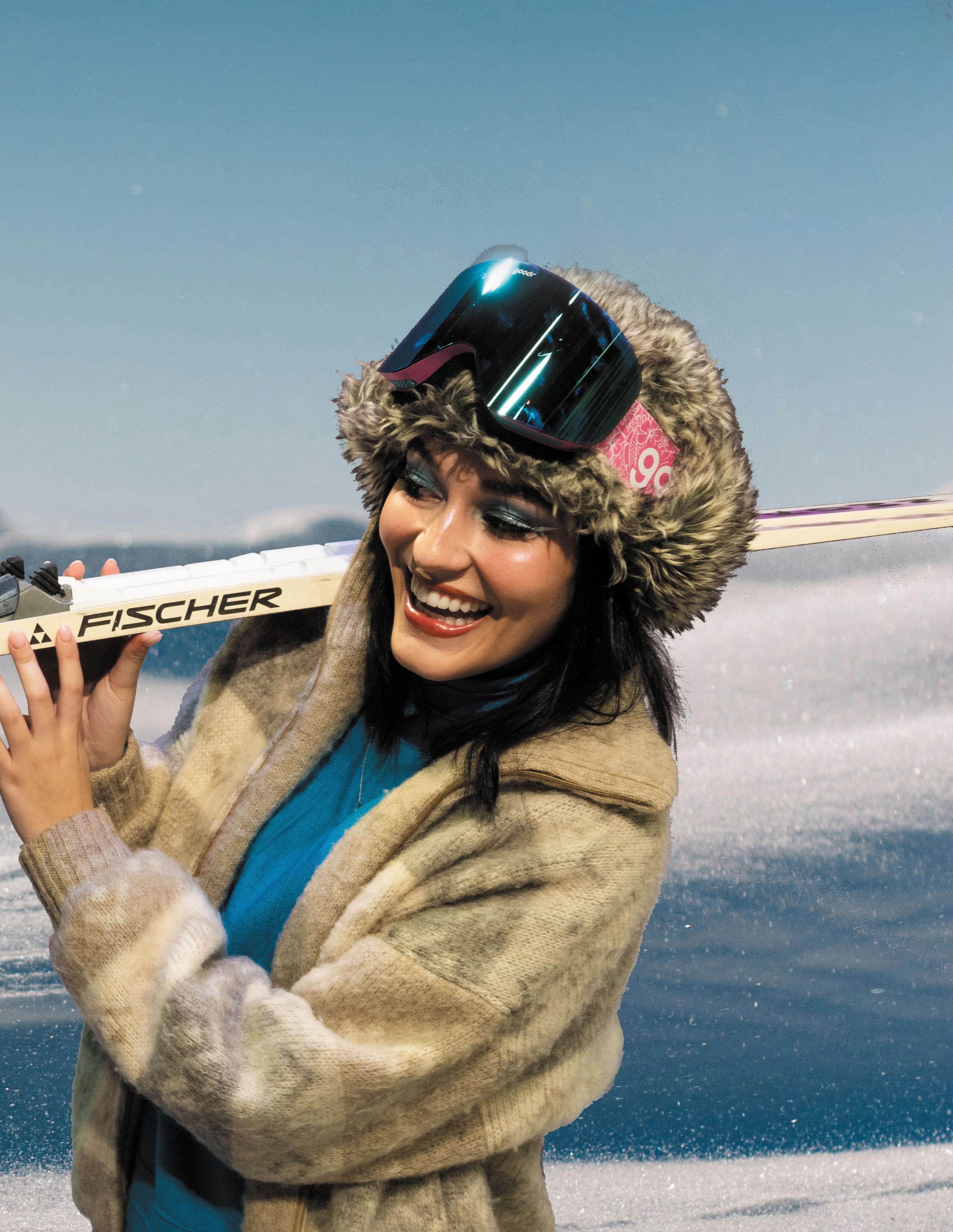

Escape to the breathtaking beauty of Colorado this holiday season with Ask In Colorado! Nestled amidst majestic mountains and scenic landscapes, our vacation rentals offer the perfect retreat for families and friends seeking adventure and relaxation. Whether you’re craving a cozy cabin getaway or a luxurious mountain lodge experience, we have a diverse selection of accommodations to suit every preference and budget. Imagine waking up to crisp mountain air, exploring picturesque hiking trails, or hitting the slopes for some world-class skiing and snowboarding.



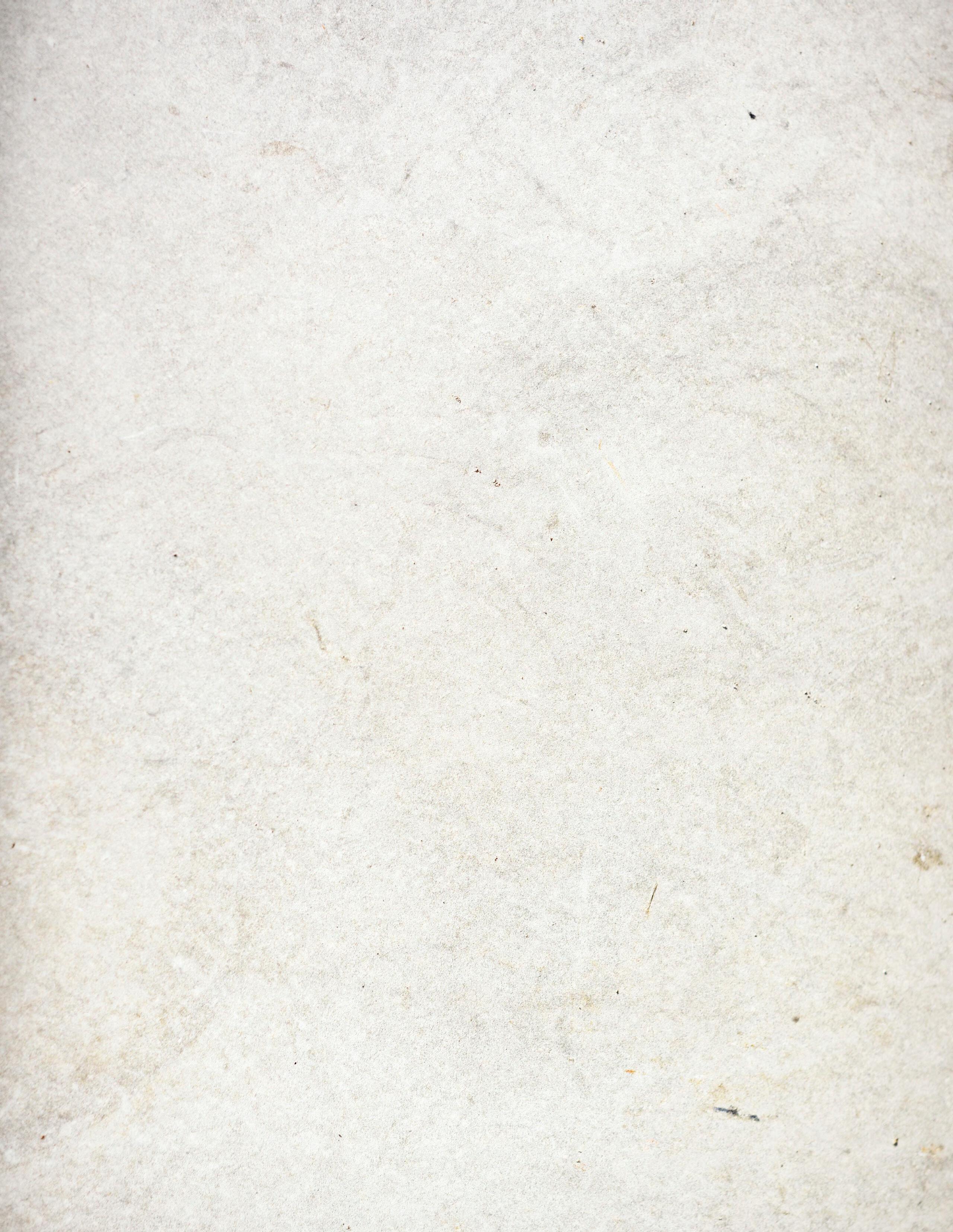





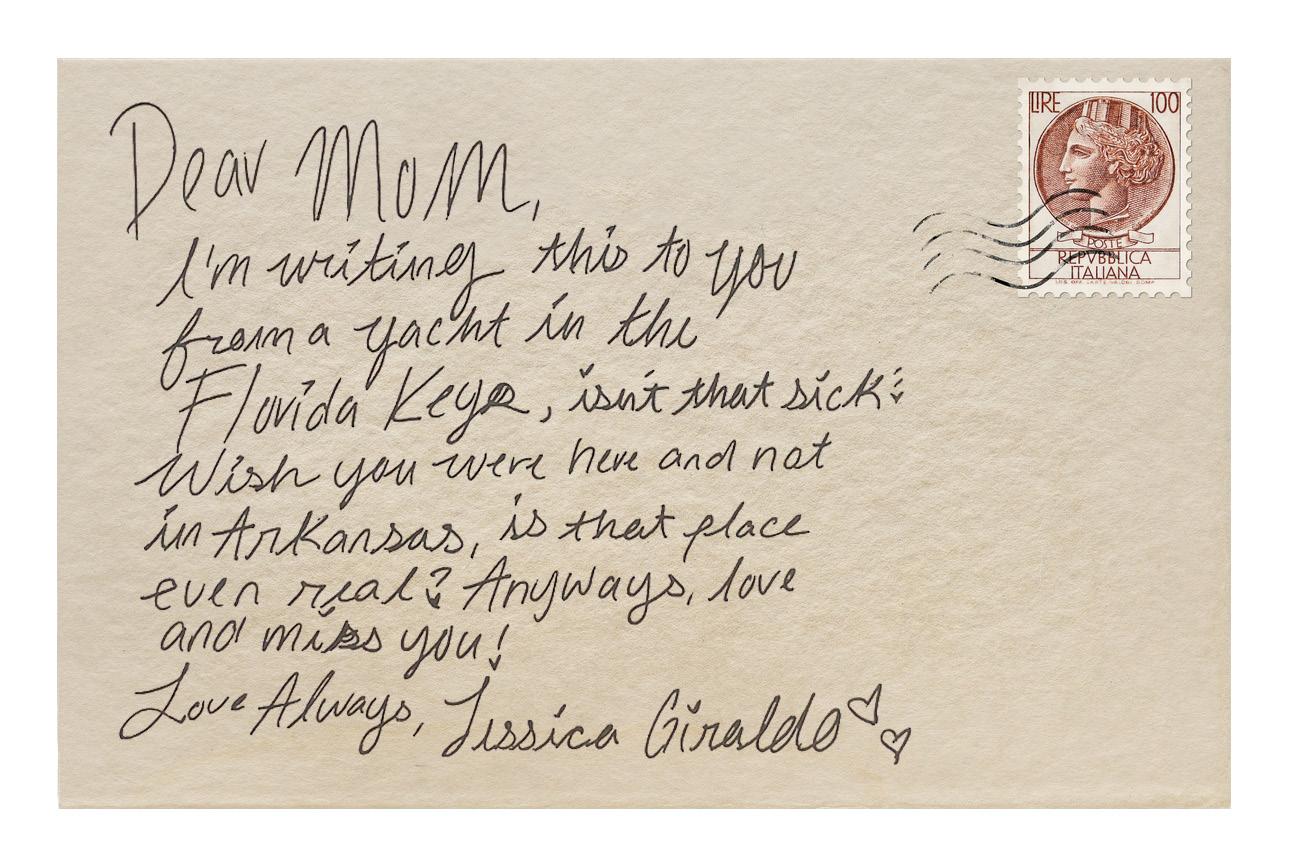
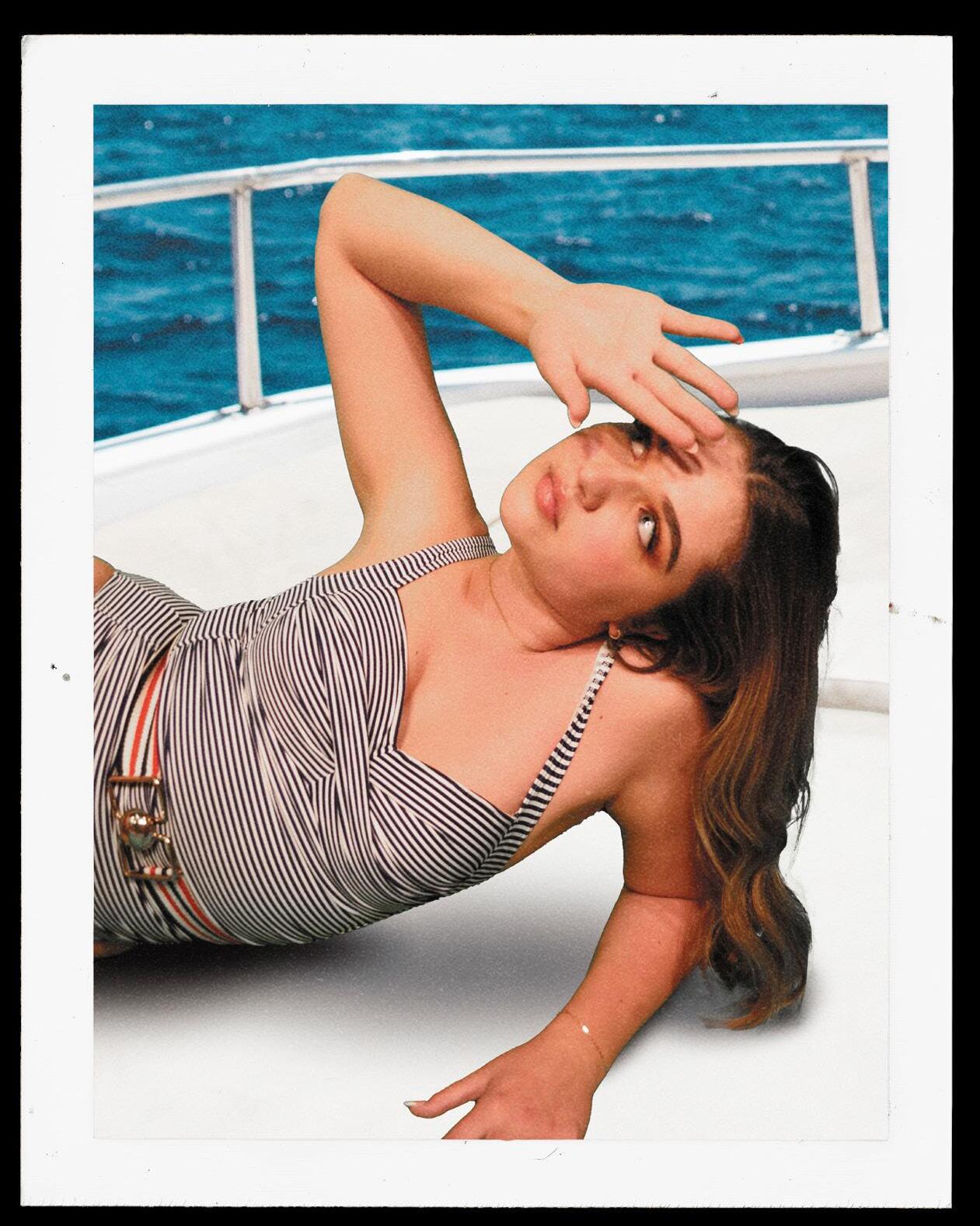



Jessica Giraldo
Dominika Mierzwinska
Joselyn Cruz

Abigail Lanza
Rafael Angel Dasilva Candelario
Dominika Mierzwinska
Alexis Maenza
Eva Milan
Daisy Pflaum
Matthew Field
Lauren Stapleton
Lili Walpert
Amanda F. Rivera Miranda
Evita Carrasco
Jana Klinger
Tilghman White
Eli Alexander
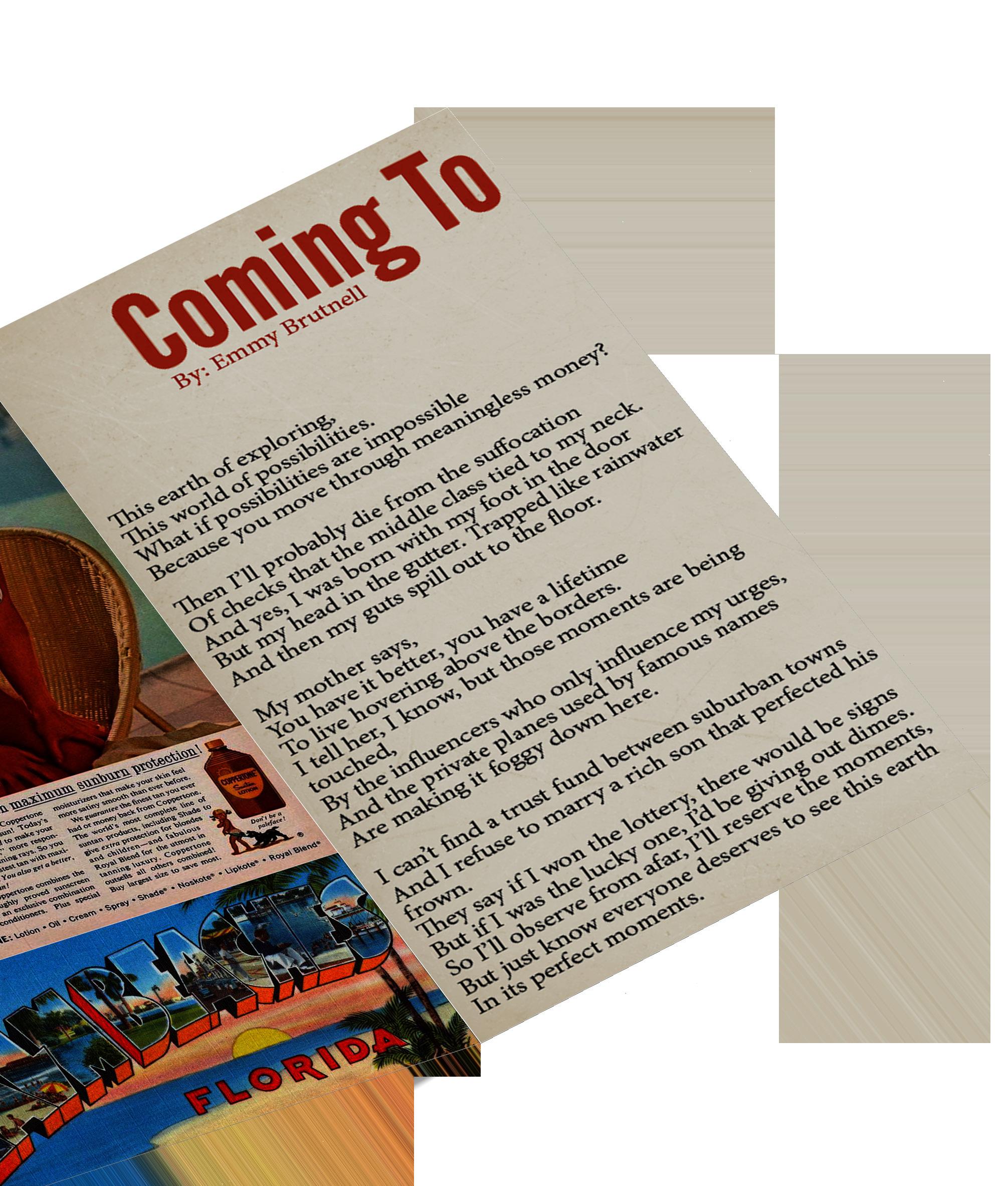
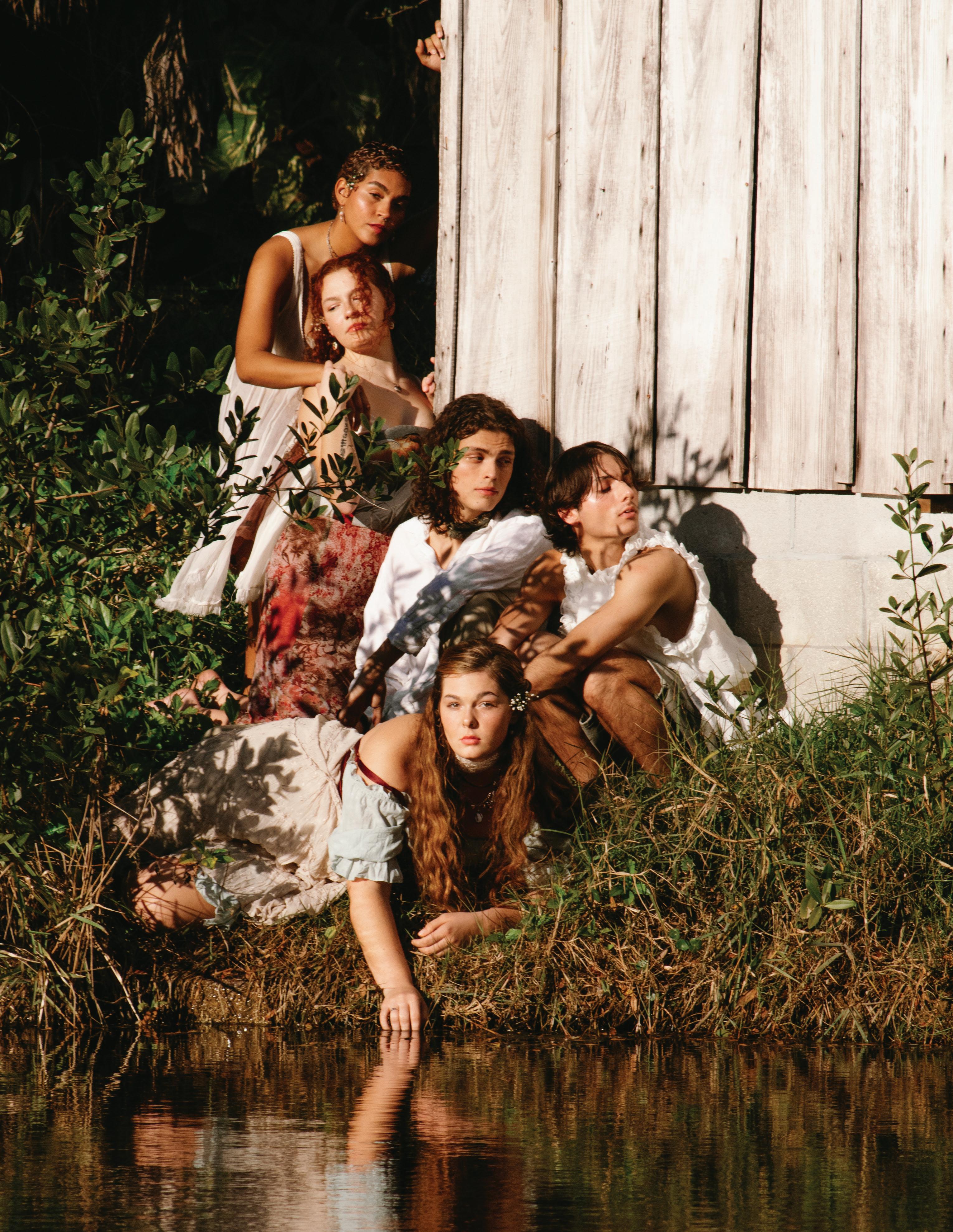




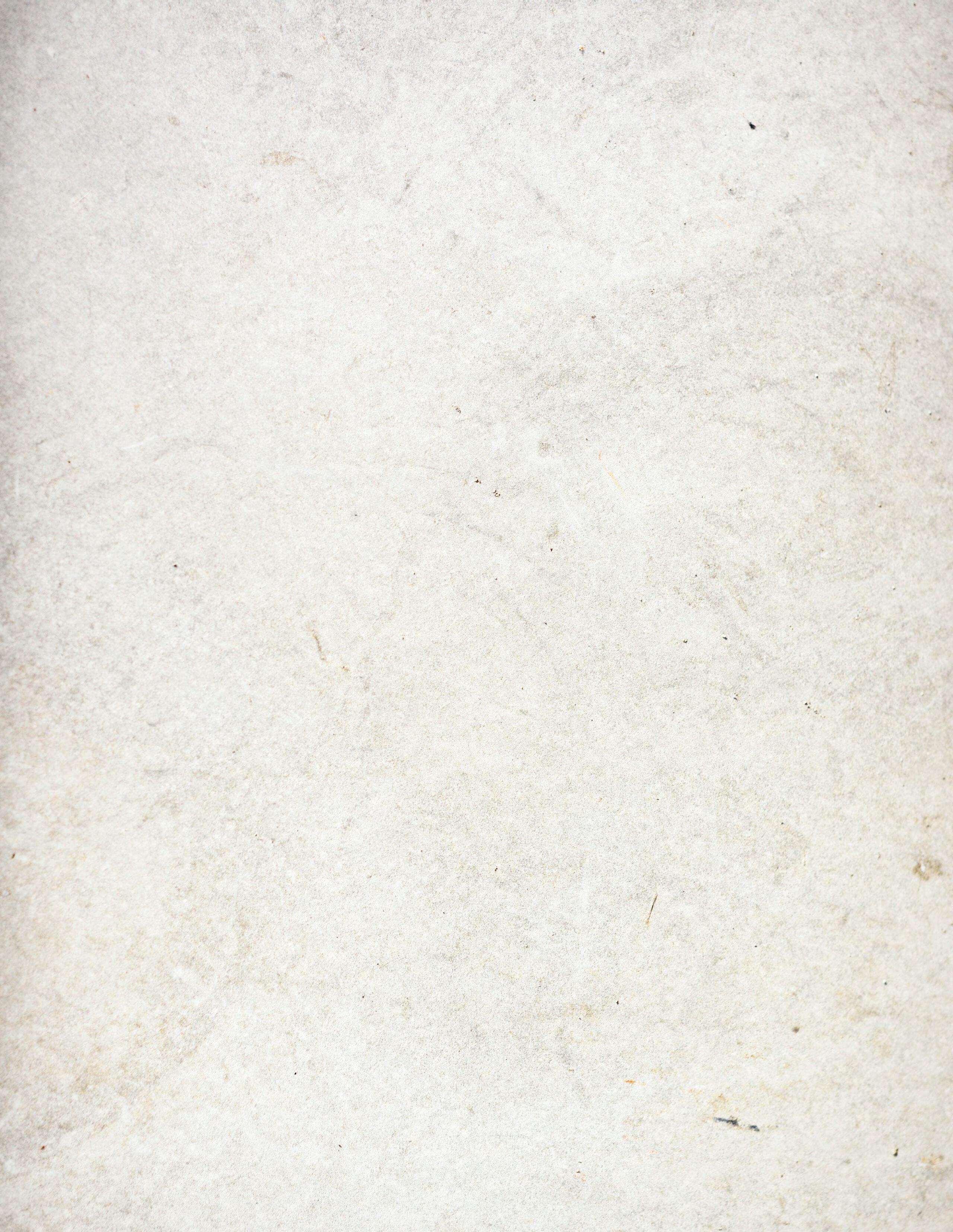

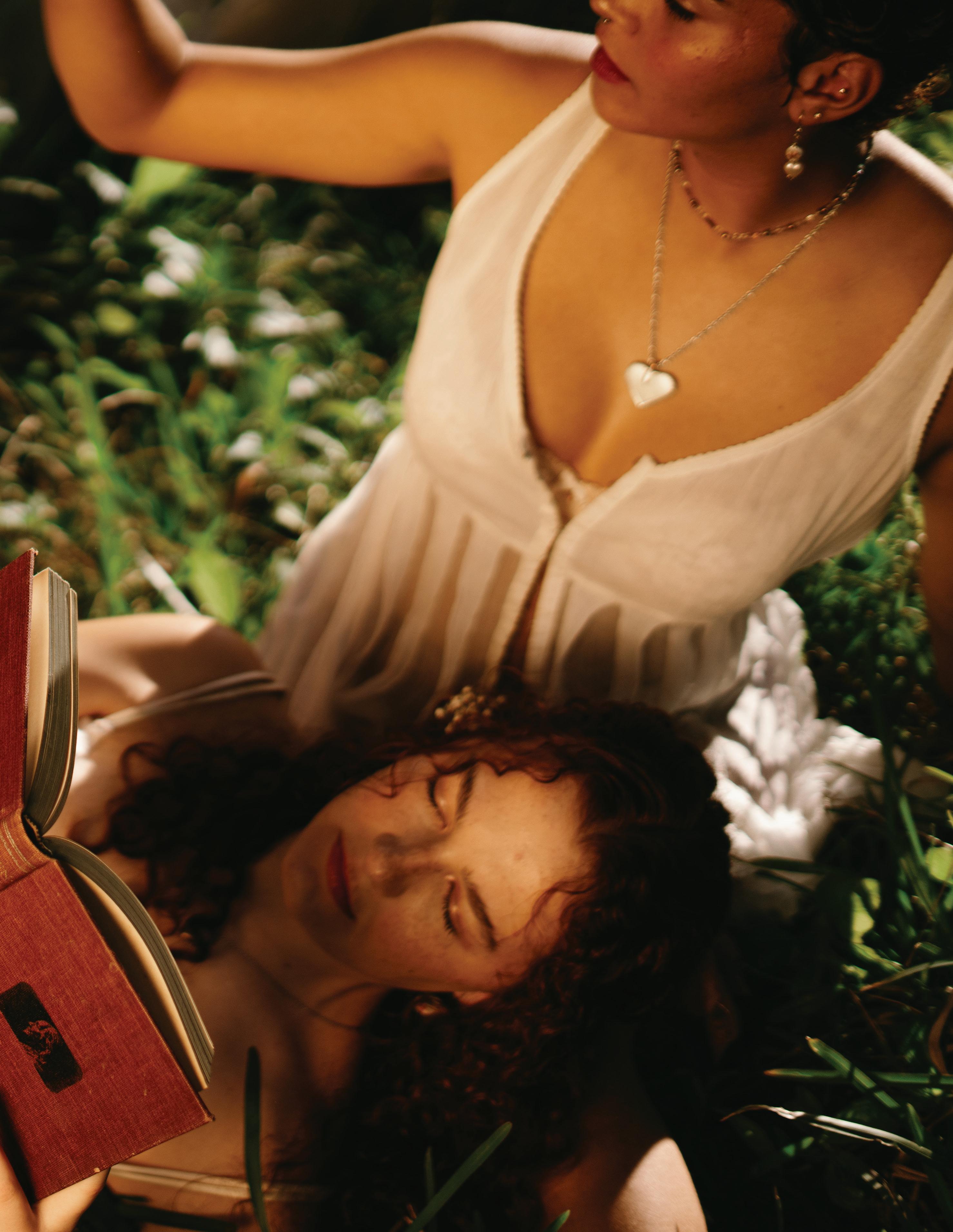
2.
We so often interpret beauty as perfection, Tirelessly trying to understand a language we were not intended to speak. Perfection cannot be translated in the language of the Earth.

Verona: Credits
TALENT:
Christopher Matthew Jensen
Brianna Gracie
Jason M Bushnell
Chloe Carlin
Lauren Gallager
BEAUTY:
Jessica Giraldo
Joselyn Cruz
FASHION:
Abigail Lanza
Rafael Angel Dasilva Candelario
Emma Alley
Haven Doyle
The beauty in nature is not found in perfection, It is found in the complexity of embracing and providing life.
Beauty exists within us, and the forces of life around us.
To exist is a gift, and to strive for perfection is to deny this gift.
We have the unique ability to live.
To see, to think, to feel, to connect.
How could we so easily hate the body that provides us life?
I want to be seen for my heart, my mind, my goals, Not the physical body that carries me.
Genuine love and connection is not found in lust, Or admiring physical beauty. The most intimate love is found in nature, The love we should aspire to find.
The love shared between the moon and the ocean. The moon’s force eternally guides the ocean’s tides; a love that billions of miles cannot suppress.
The love in the soil, providing life for the trees and plants;
A place of rest for the tree’s roots.
She is the start of life, without ever needing to be admired.
Selflessness, connection, and endearment is found in nature,
Love spoken in the language of the Earth. This is not found in perfection, it is found in real, genuine love.
I want to be an embodiment of living. Of experiencing life imperfectly and Of being a woman, of providing life within myself. Perfection is not found in nature;
If the Earth was not meant to be perfect and neither should I.
There is no such thing as ideal, as perfection, and there is so much more beauty found in the art of embracing life, It’s all we could ever need.

PRODUCTION: GRAPHICS: PHOTO EDITOR: PHOTOGRPAHERS
Daisy Pflaum
Madison Torres
Eva Carmen
Munezah Ayotte
Daisy Pflaum
Daisy Pflaum
Jana Klinger










Earth, Wind, & Fire. Roberta Flack. KC and The Sunshine Band. Gloria Gaynor. Barry White. Where would disco be without Black powerhouses such as these?
When asked to think of disco, people typically think about bell bottom jeans, mirrorballs, and John Travolta in the 1977 film Saturday Night Fever (or the subsequent Glee episode about it). Not me, however (I love the Glee episode, but that is besides the point).
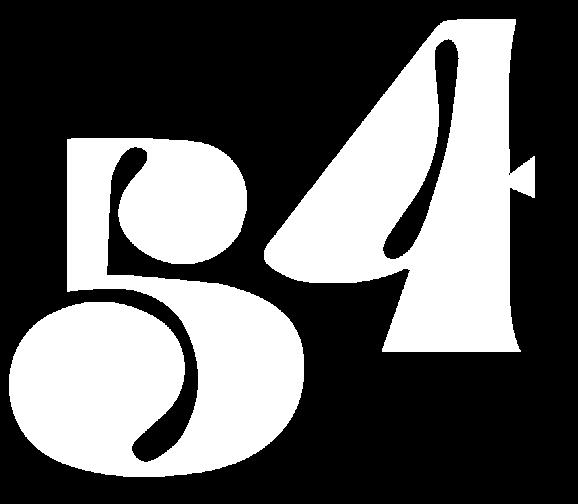
My mom instilled in me my love and appreciation for disco at a young age. I distinctly remember sitting in the backseat of her car with the 2009 Barry White Number Ones album blasting through the speakers. The feeling it evoked in me was euphoric. The 1960s, while modern, chic, and very British (ergo, very white), was a decade plagued by race riots, war, and loss. However, in the early ‘70s, marginalized
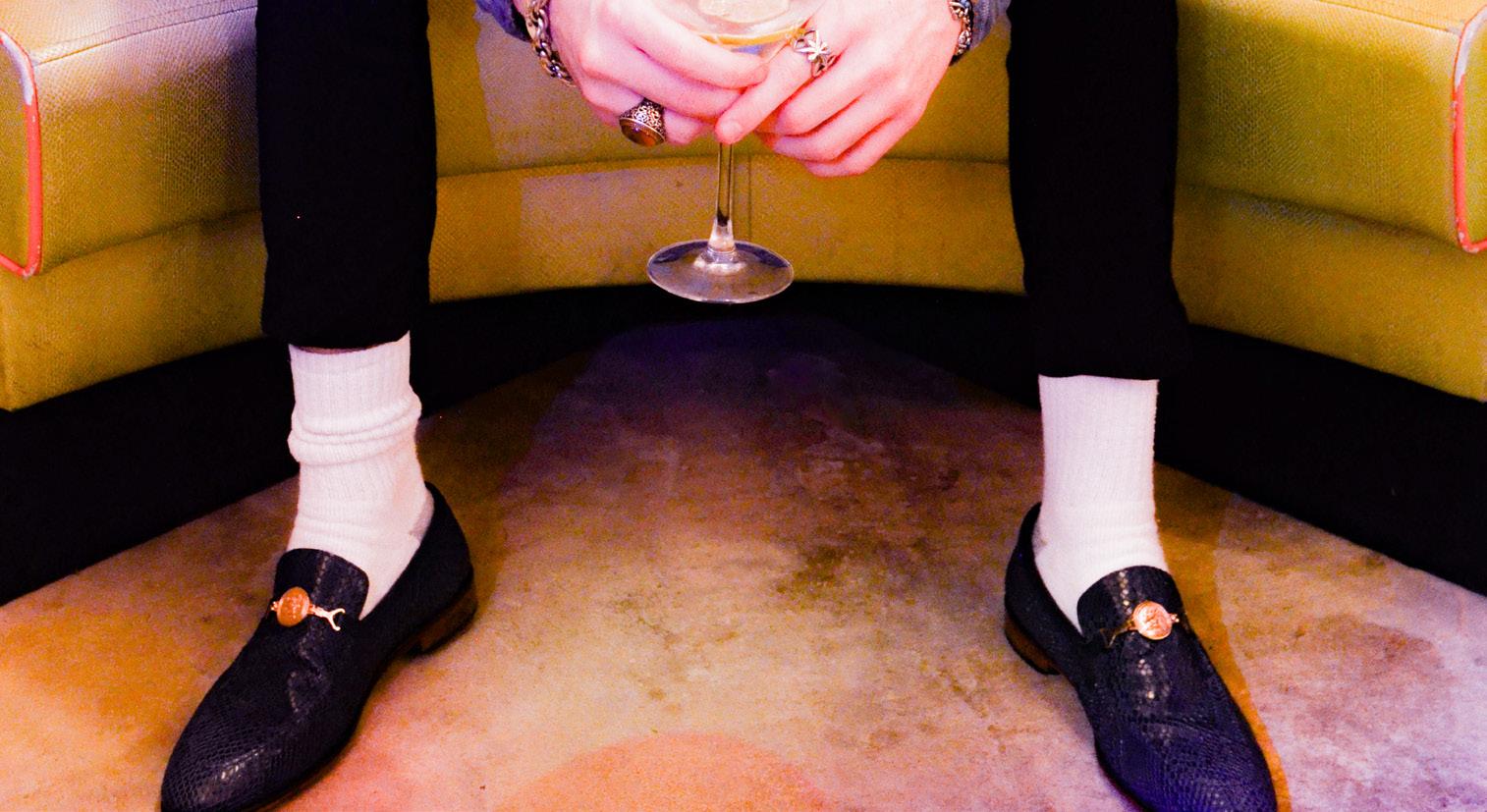

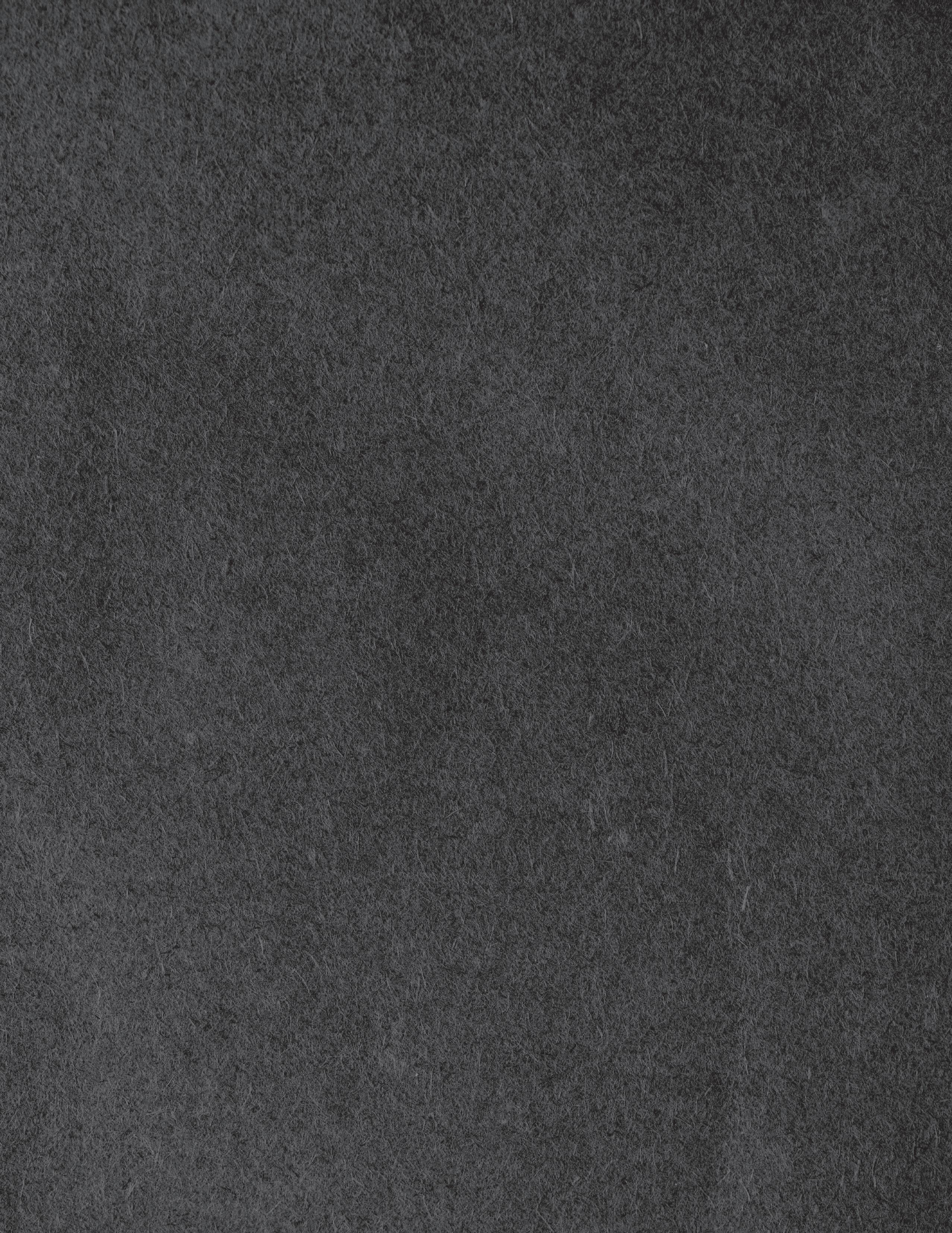

communities still fought to find their place within society. After a decade of disillusionment and hopelessness, people of color deserved to exist in a space that let them be themselves. This place would be the discothéque.
The genre itself emerged in the late ‘60s and ‘70s from earlier iterations of Black music, such as R&B, soul, and rock, in addition to Latin sounds, such as salsa. Like its predecessor, rock and roll, disco allowed Black musicians to contribute their own spin on the music of the time. Motown Records, a predominantly Black record label renowned for creating innovative “psychedelic soul,” began producing discoesque dance tracks that had room for more elaborate rhythmic instrumental parts. A vast majority of Motown artists turned to disco to keep with the times, such as Diana Ross, Rose Royce, Stevie Wonder, and countless others.
By the mid ‘70s, Black Americans utilized disco to represent their identities and cultures. The genre allowed the Black community to rejoice and come together. Large groups of Black individuals felt a sense of belonging at the disco, while outside, the world was still cruel and unjust to them. Racism ran rampant on the streets of America. But inside the walls of the disco? The African-American community had the freedom to be their truest, blackest, most authentic selves without fear of judgment or prejudice. Obviously, there should not have been a necessity for a place like this, but the sheer fact that it existed is beautiful. Unfortunately, this did not stop groups of white supremacists from trying to spread the narrative that “disco sucks.” By 1980, disco had become passe. The anti-disco militia accomplished their goal of turning people away from the genre. New types of music infiltrated the radio waves. Despite people’s best efforts, however, disco did not die, it morphed. To quote disco legend Gloria Gaynor from her interview with Vanity Fair, “Disco music is alive and well and living in the hearts of music-lovers around the world. It simply changed its name to protect the
Could disco make a comeback? If our society began appreciating and understanding the importance it holds in Black history, then I truly do think so. In the meantime, my mom and I will both, as Barry White would put it, let it play on.






BOB MARLEY
JIMI HENDRIX
ELVIS PRESLEY
DAVID BOWIE
THE BEACH BOYS
WHITNEY HOUSTON




BEAUTY:
Jessica Giraldo
Dominika Mierzwinska
Joselyn Cruz
FASHION:
Abigail Lanza
Rafael Angel Dasilva Candelario
Allyson Woods
PRODUCTION:
Daisy Pflaum
Eva Carmen
Madison Torres
TALENT:
Audrey Jirak
Colton Veres
Amari Raiford
GRAPHICS:
Orange Farinella
PHOTO EDITOR:
Jana Klinger







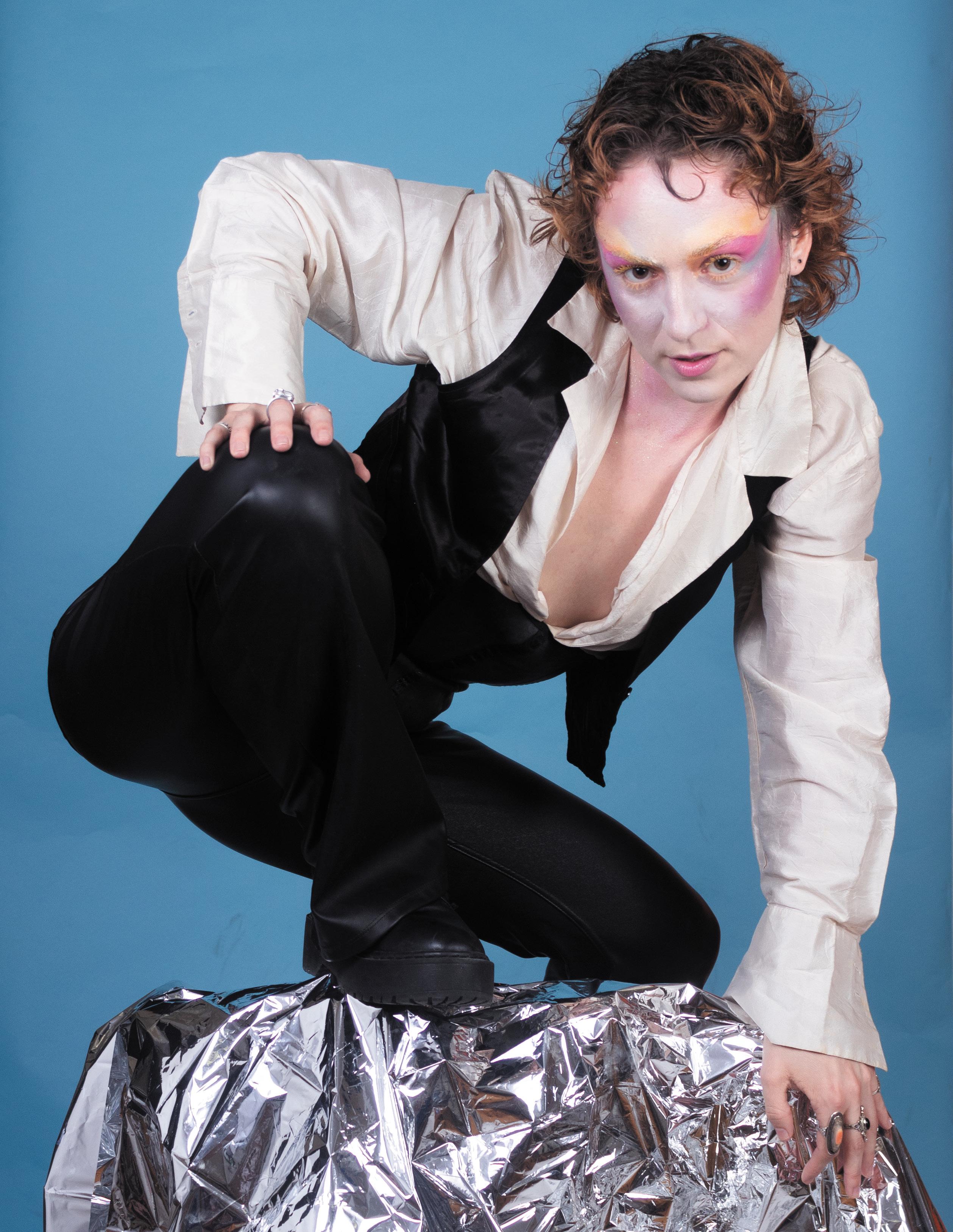

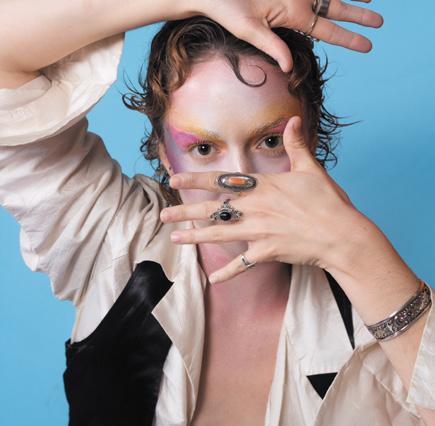
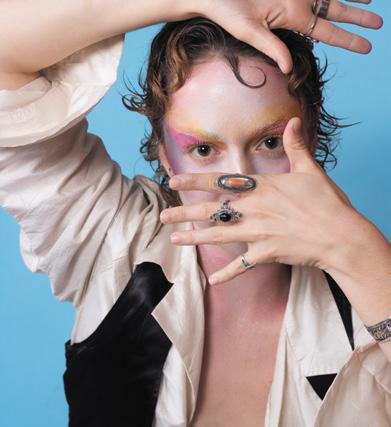
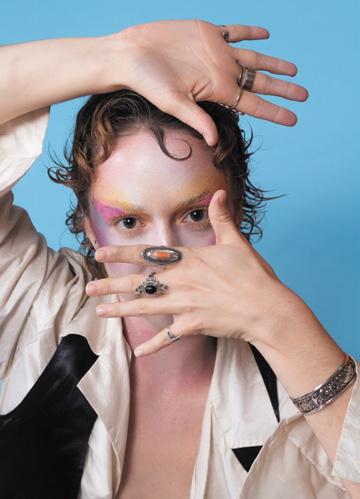
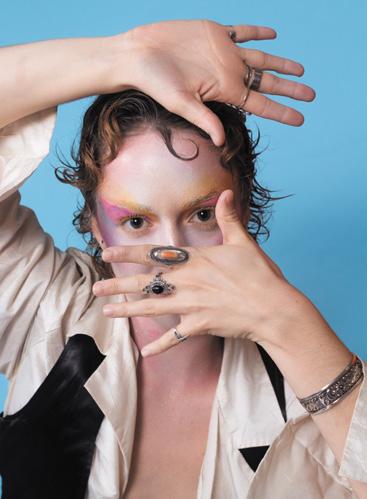


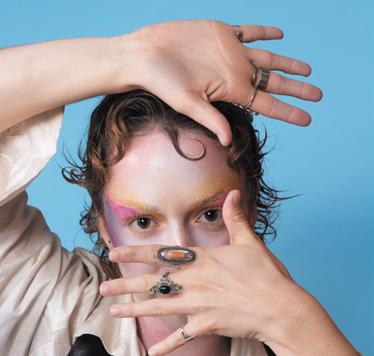
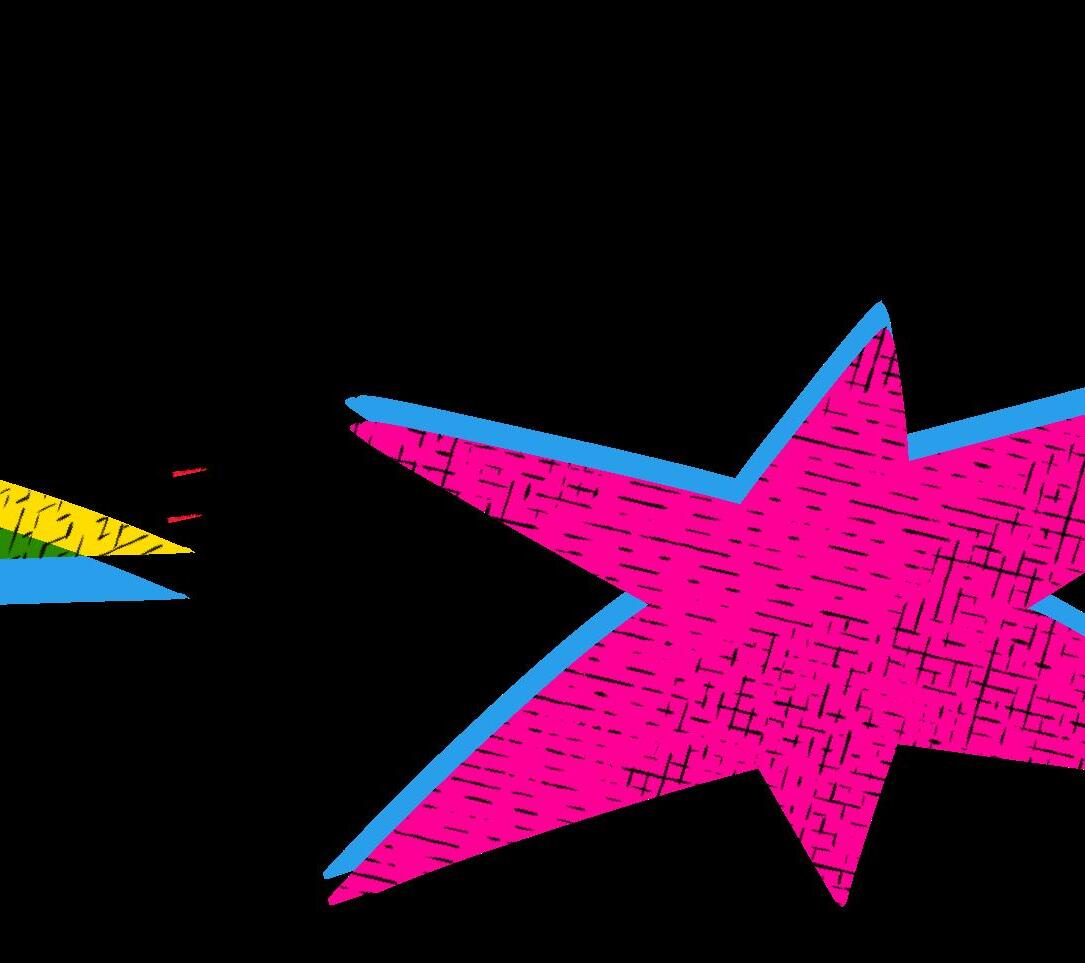





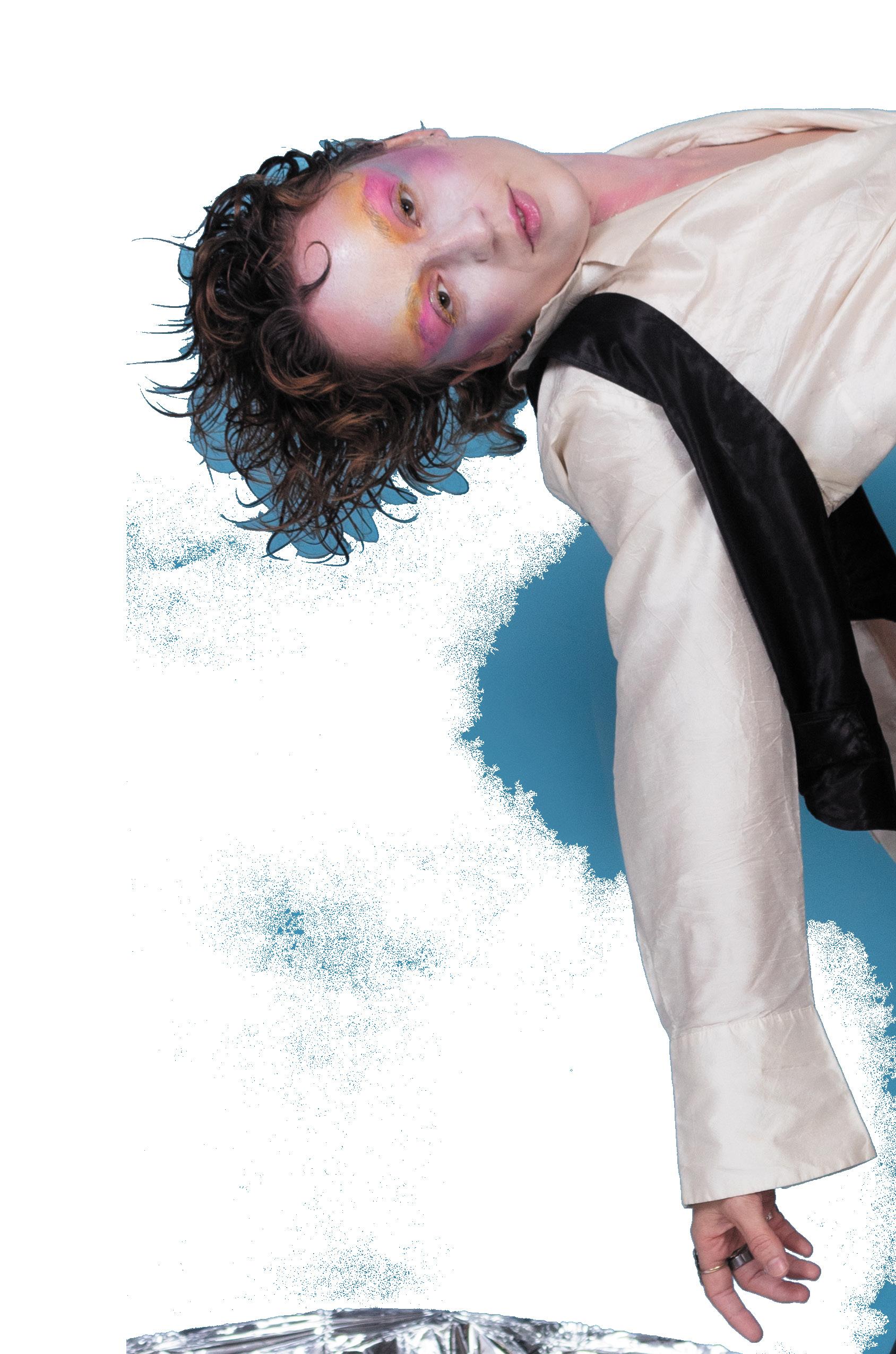


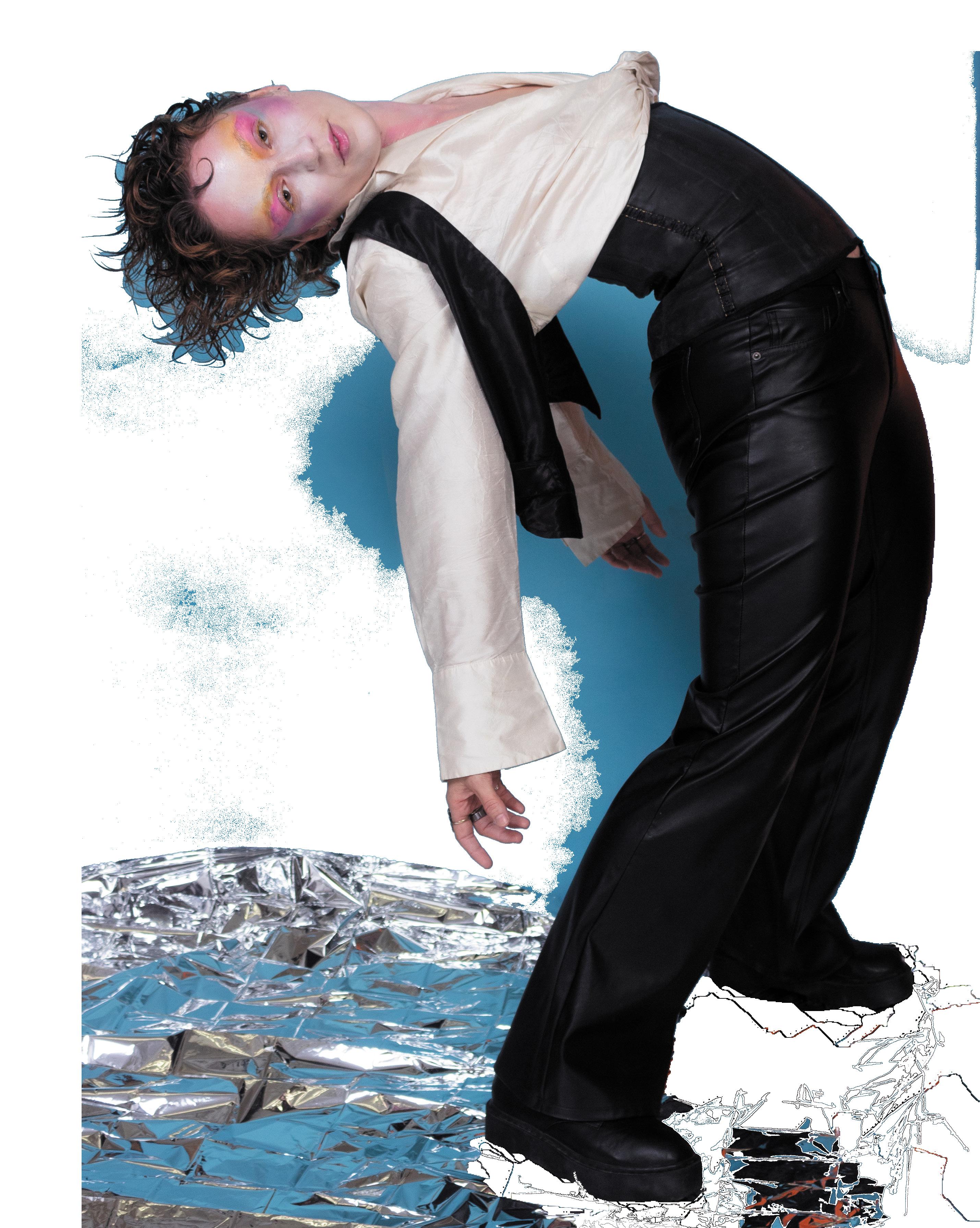


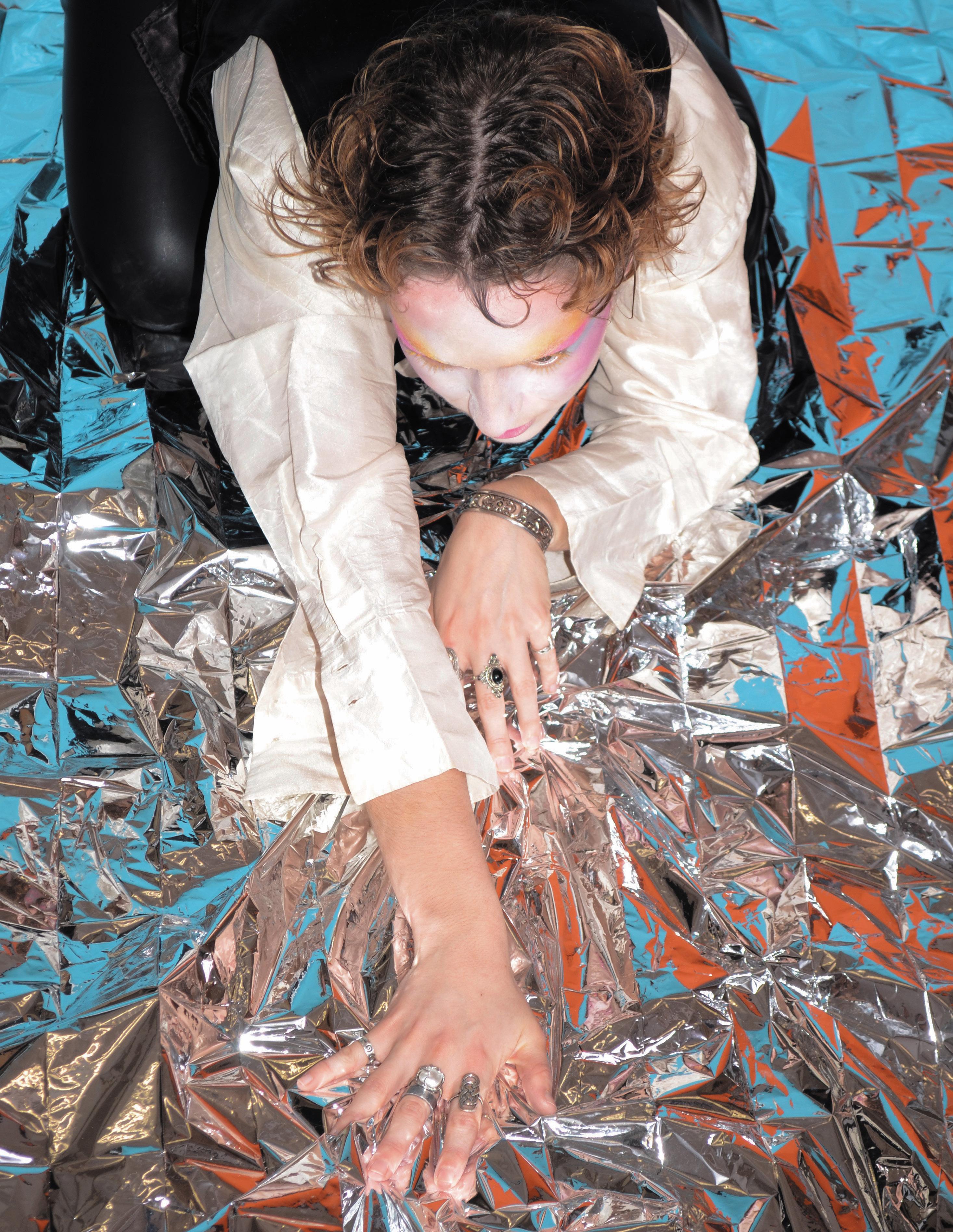

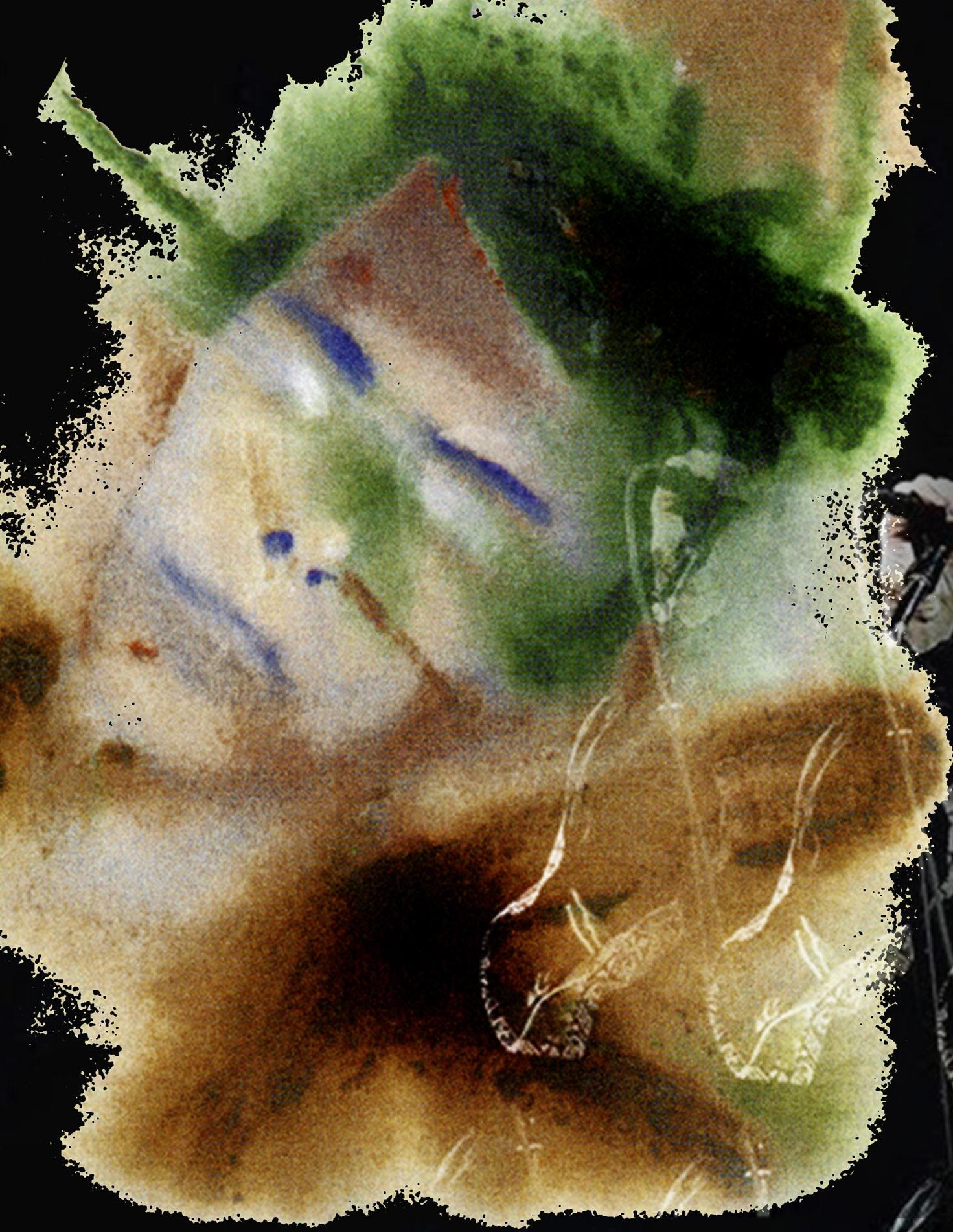
Screen: Credits
Beauty:
Jessica Giraldo Montana (Monty) Arnold

Fashion:
Abigail Lanza
Rafael Angel Dasilva Canderlario
Production:
Alexis Maenza
Maya Grant
Madison Torres
Talent:
Olivia Shea Garvey
Graphics:
Klara Acierno
Photo Editor:
Jana Klinger
Photographers:
Jana Klinger Tilghman White
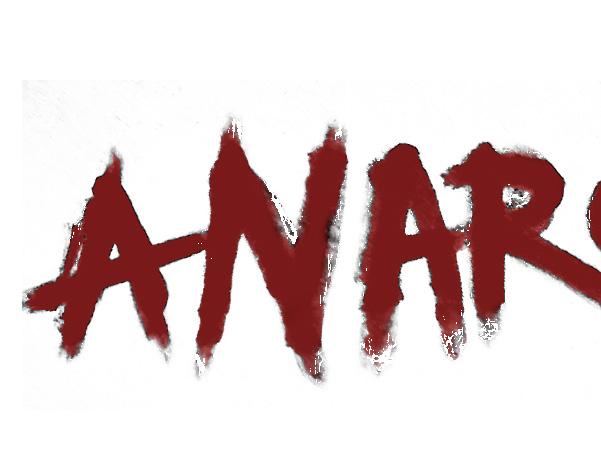









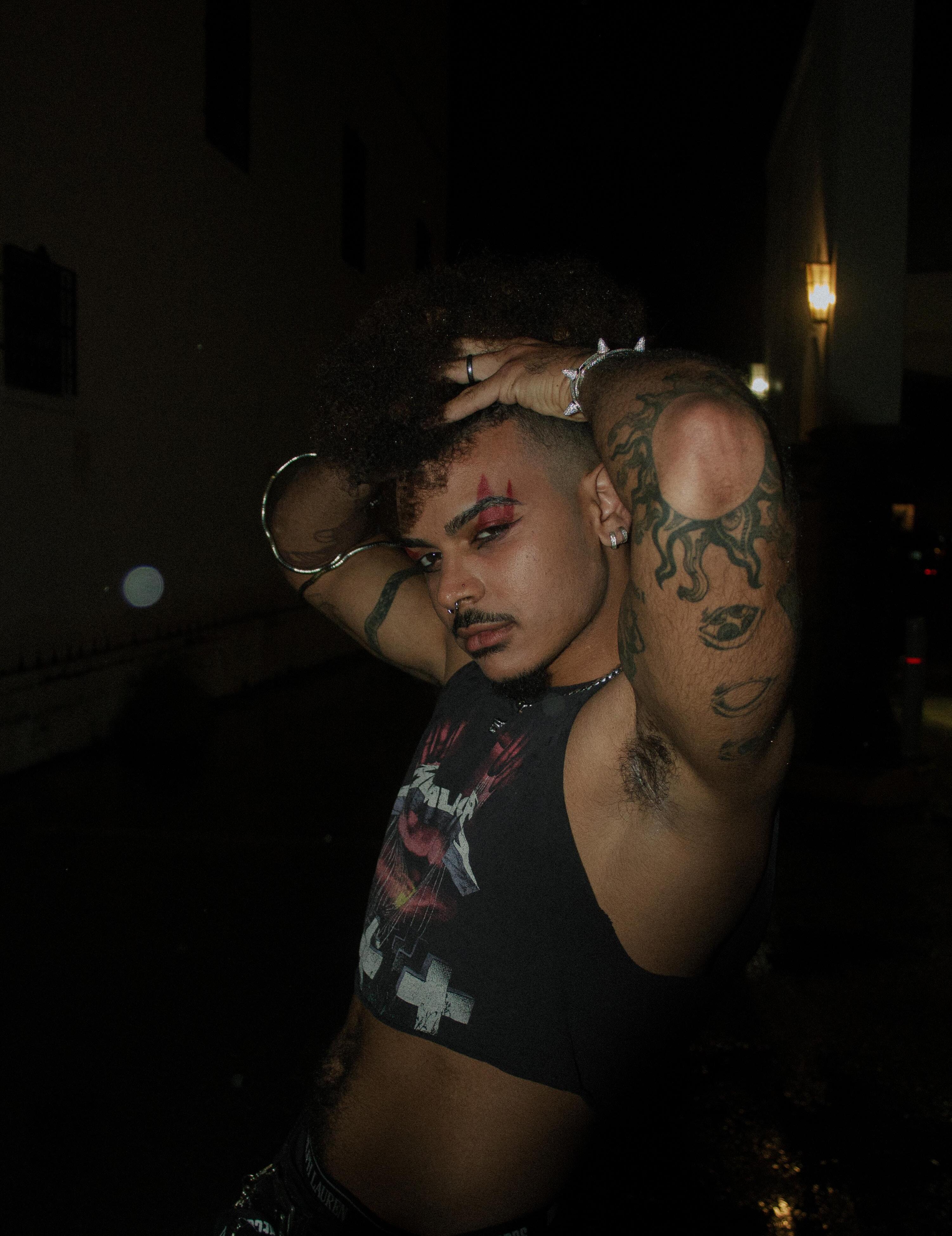
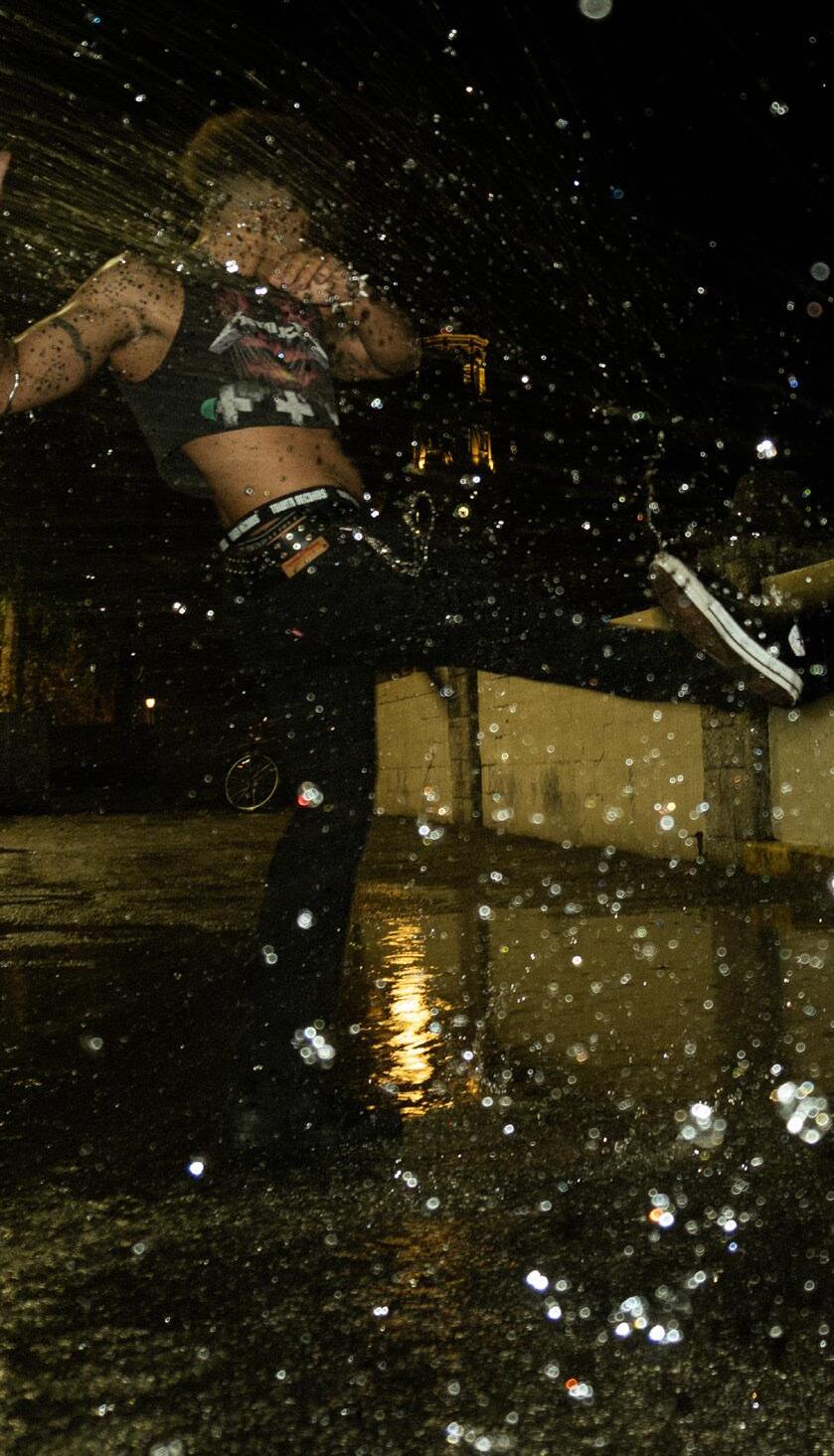


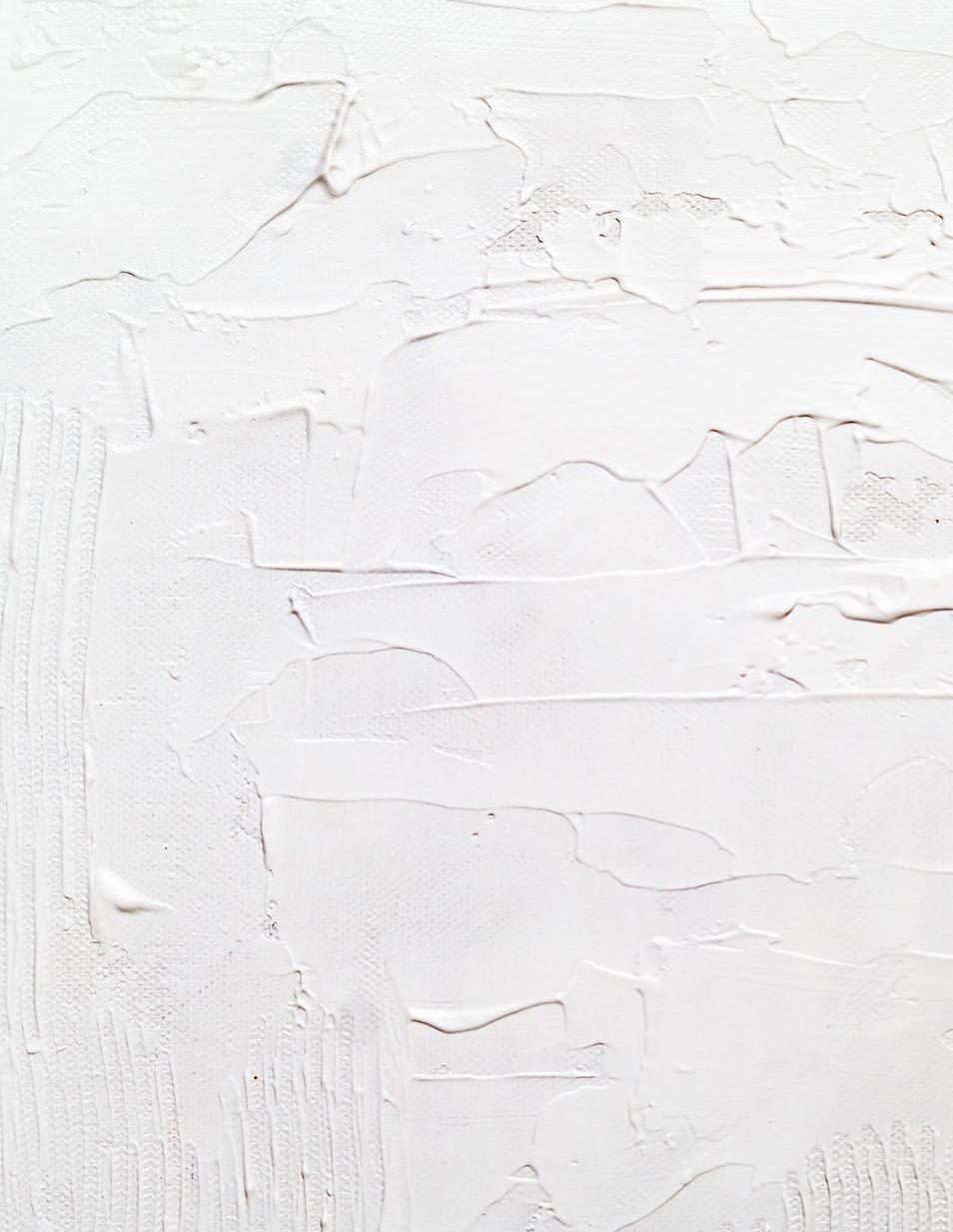
When you think of the word “punk”, what is the first thing that comes to your head? Maybe you thought of the color black, spiked hair, a multitude of piercings, Vivienne Westwood, or anarchy. If so, you are not wrong, but your perception of punk may be limited.
The punk movement as a whole is a revolutionary way of self-expression that is fueled by the bending of conventions and illumination of unique appearances.
Gender identity is able to be molded through fashion in the most mind-bending of ways.
The term “punk” originated in the mid-1970’s from prison slang and was more prominent in the United Kingdom and New York. Today, there is a huge stigma around the term and many fail to understand the reality of what it really is. This movement and way of living has had a massive impact on society without question. Fashion, sexual orientation, and gender identity have especially been influenced positively by the punk scene. Expression of one’s individuality through clothes means everything in
a world where we are told to confine ourselves to social constructs given to us by a society that has failed us in every way.
When in conversation with the LGBTQ+ community, the punk lifestyle has planted its roots in many ways. For one, it has ignited the fire in terms of the gender-queer community bevcause it leaves room for expression in every way. In terms of style, there is no real way to express being “masculine” or “feminine”. Instead, punk fashion has created a way for people to surpass the gender binary with their style and identities. Alterations to clothes and individualized pieces are very common in the punk scene, which makes the style extremely accessible to those who do not identify with a strictly masculine or feminine look. Punk style is very versatile. Because individual freedom is so highlighted, there is not one specific punk approach to fashion.
Besides style, the correlations between the LGBTQ+ community and the punk community continue. A big part of the scene is the ideologies possessed
by its members. To be punk is to believe in individuality and to find strength within yourself, rather than looking for it in constructs created by those that do not understand what it is to be you. Punk fuels confidence in the permissions of freedom it gives everyone. The movement is not subject to one specific group, but anyone who decides to take the radical step. Many people in the LGBTQ+ community connect with this belief due to the expectations that heteronormativity pushes. When the world as a whole has a set of ideals that go against your existence, it is easy to connect with the belief that independence
from societal constructs as a whole can provide a brighter experience.
Many people perceive punks as outcasts, rude, or strange. However, to those that understand it,
punk culture has created a safe space for people to be who they are, rather than conform to the standards society has set for them. The idea of being weird must be interchangeable
with being different, and celebrated instead of unwanted. Waking up everyday and putting on who you are is far more than just a routine. It is living true to yourself.



The term ‘bricolage’ defines a mode of adaptation in which objects are used in ways they were not intended for, usually dislocating them from normal or expected context. In fashion, this is often done by using everyday objects to make stylistic choices. A good example of this is the use of safety pins in punk culture as a visual signifier of rebellion.
Designer Vivienne Westwood was a major proponent for the popularization of the safety pin in punk fashion. Originally, safety pins were symbols of domesticity and motherhood. In the mid-‘70s, New Yorkers wore safety pins with the practical intent of fixing ripped clothes, and to Westwood, this symbolized survival. As she began including them in her designs, the safety pin became synonymous with the British Punk scene and its message of leaving behind the ordinary. Ideas surrounding fashion in general were also shifting.
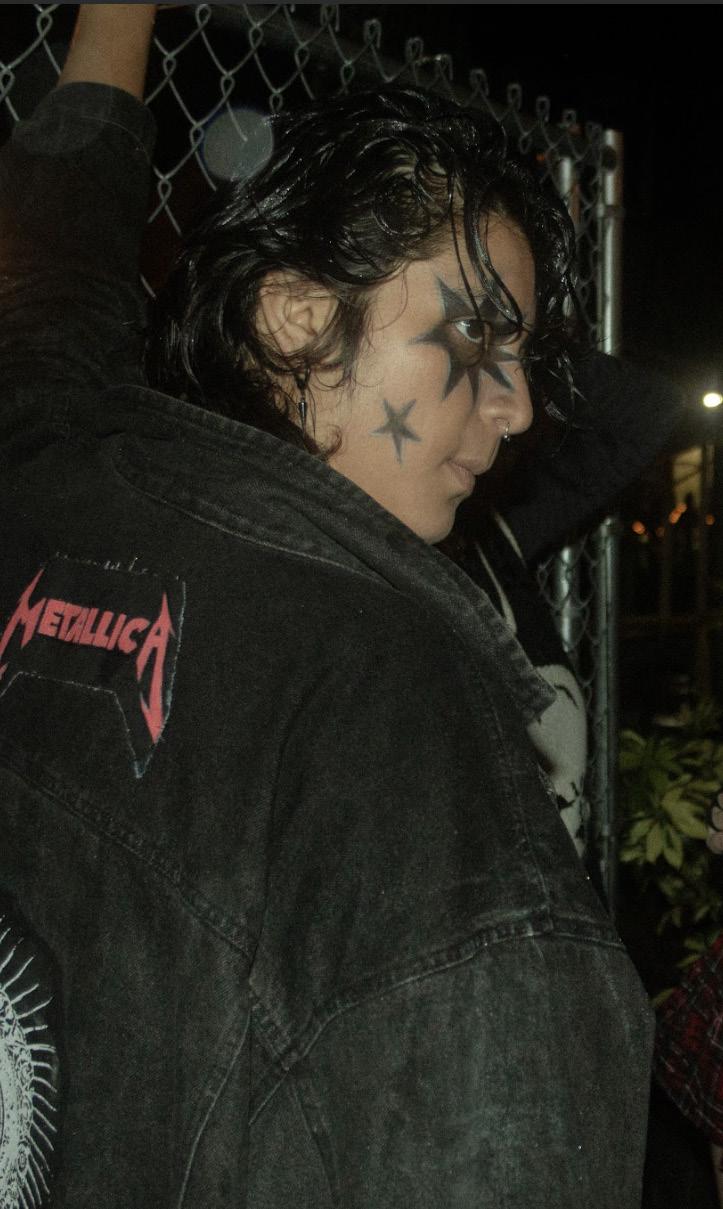
People started leaving behind conventional ideas of fashion, no longer following cultural rules. The safety pin also complies with this switch in attitude.
Sara Kayyal is a Studio Art student at the University of Central Florida. She draws a lot of inspiration for her fashion and artistic choices
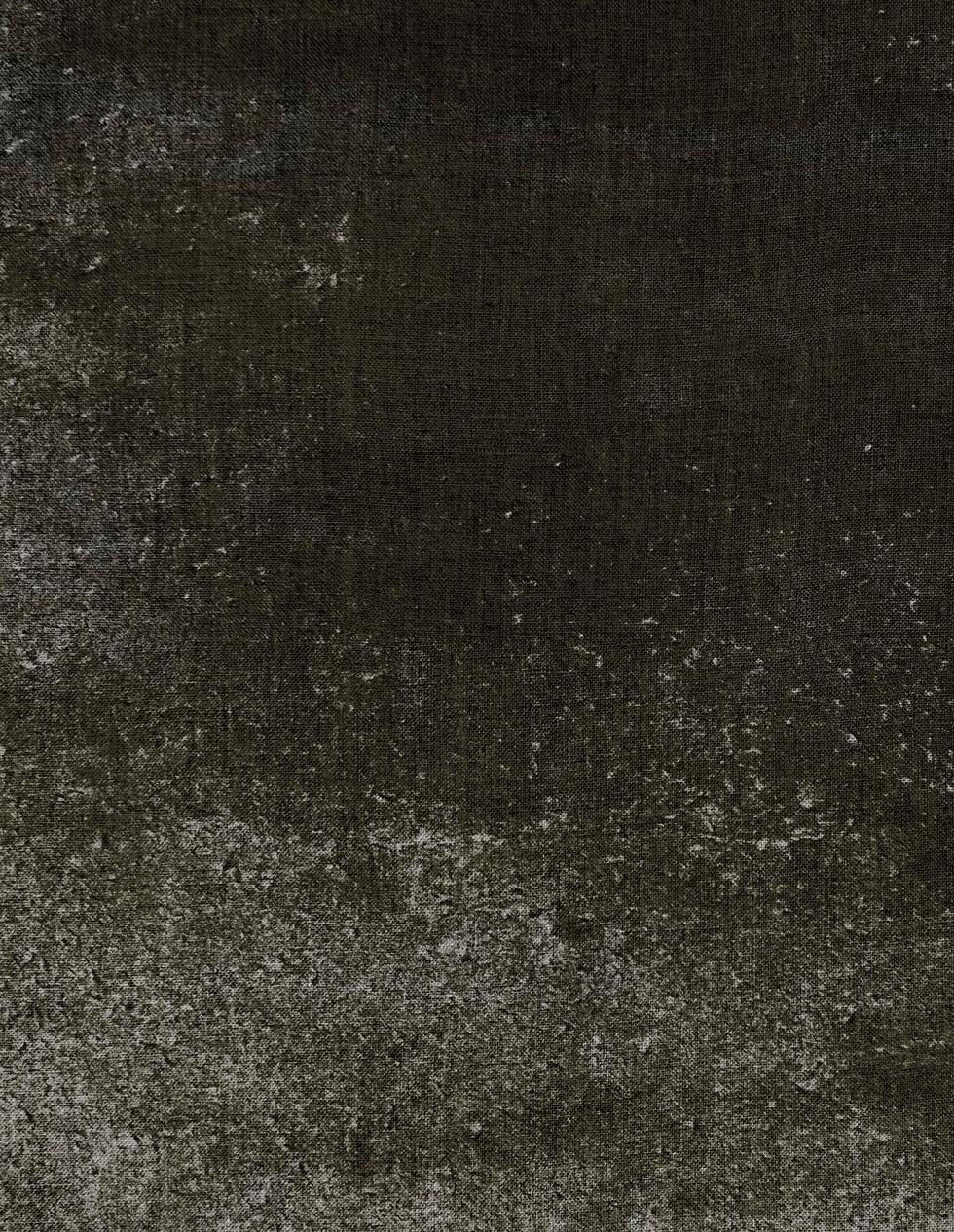
not only from Westwood, but from modern celebrities who also use safety pins as part of their wardrobe. When wearing safety pins, she finds that she sends a different and louder message with her clothing choices than she does when not wearing them. She said, She uses safety pins not as a symbol of domesticity, but
as a form of rebellion from mainstream culture. The safety pin is one object out of many whose original meaning shifted as progressive thinking did, becoming synonymous with the punk ideas of rebellion and anarchy. Though many
politicize them today, safety pins continue to signify individuality and help people continue to live their truths proudly.
“I feel more confident and more SECURE in my identity when I wear safety pins, which is how people should feel about their fashion choices.”
ANARCHY: CREDITS
TALENT:
Stevie Bush
Nico Baci
Joseph Diaz
Alice Alaya
Vane Guardado
PRODUCTION:
Alexis Maenza
Maya Grant
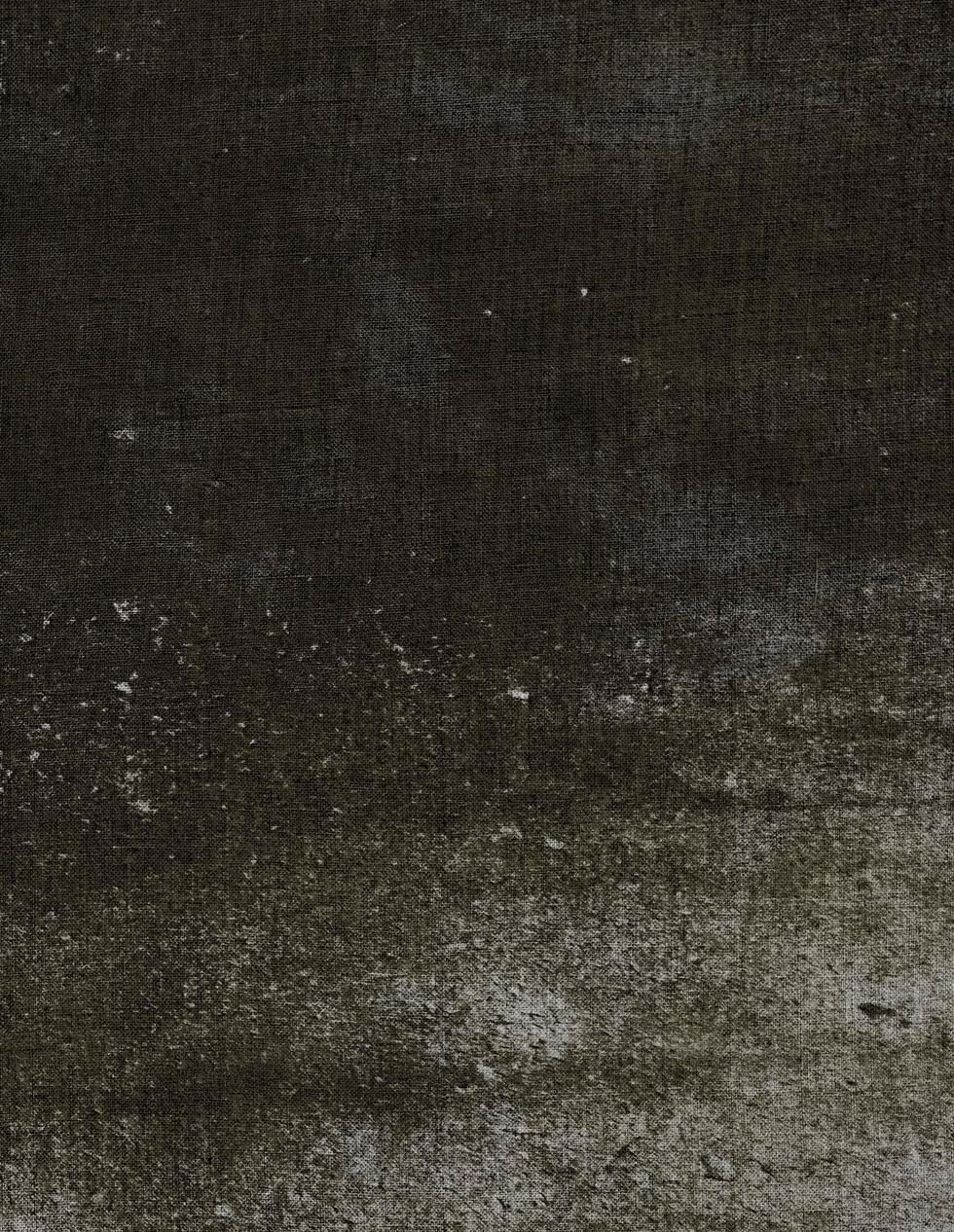
BEAUTY:
Montana (Monty) Arnold
Jessica Giraldo
Allyson Woods
Joselyn Cruz
GRAPHICS:
Lindsey Murray
FASHION:
Abigail Lanza
Rafael Angel Dasilva Candelario
Allyson Woods
Haven Doyle
Emma Alley
PHOTO EDITOR:
Eli Alexander
PHOTOGRAPHERS:
Eli Alexander
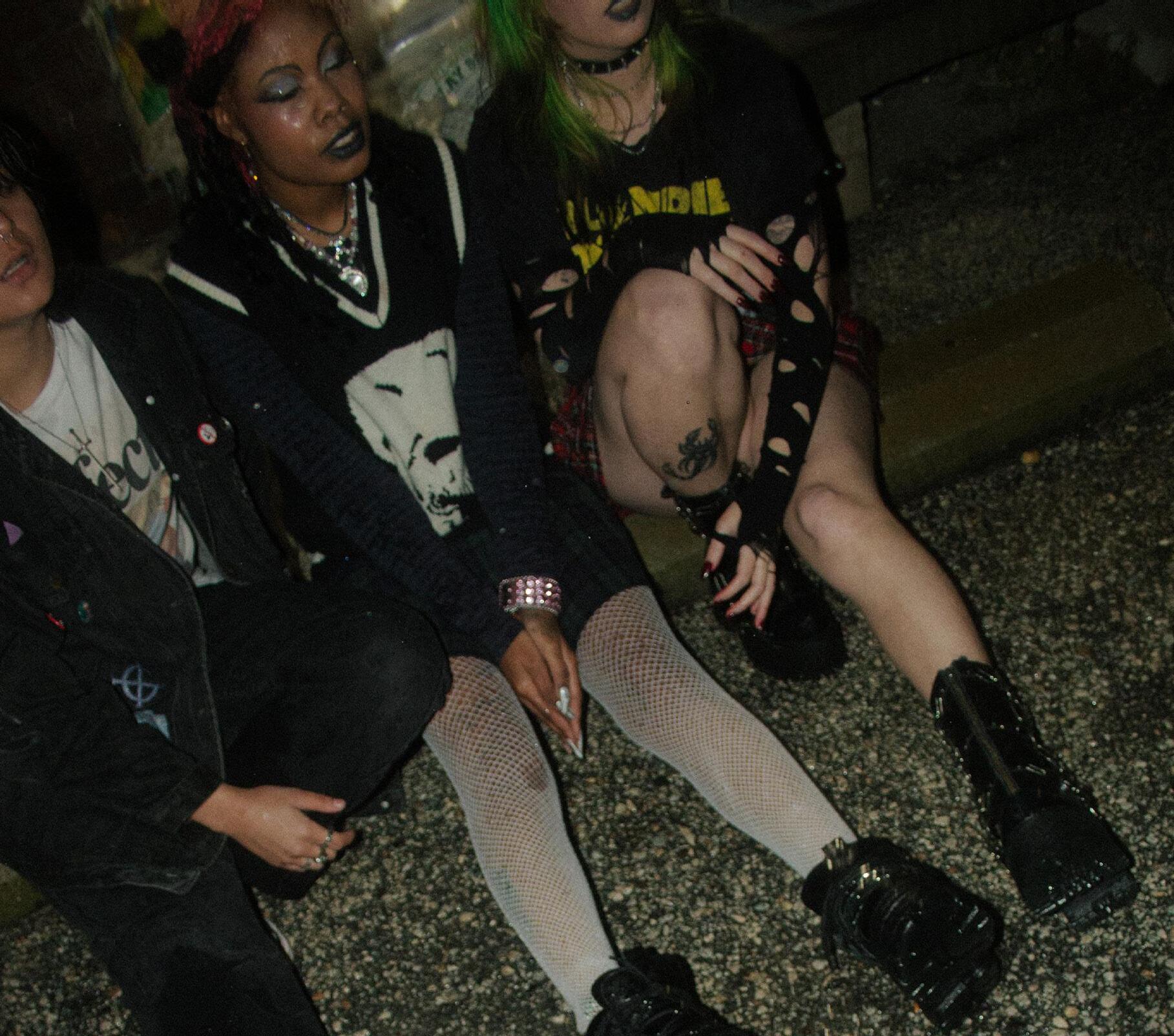

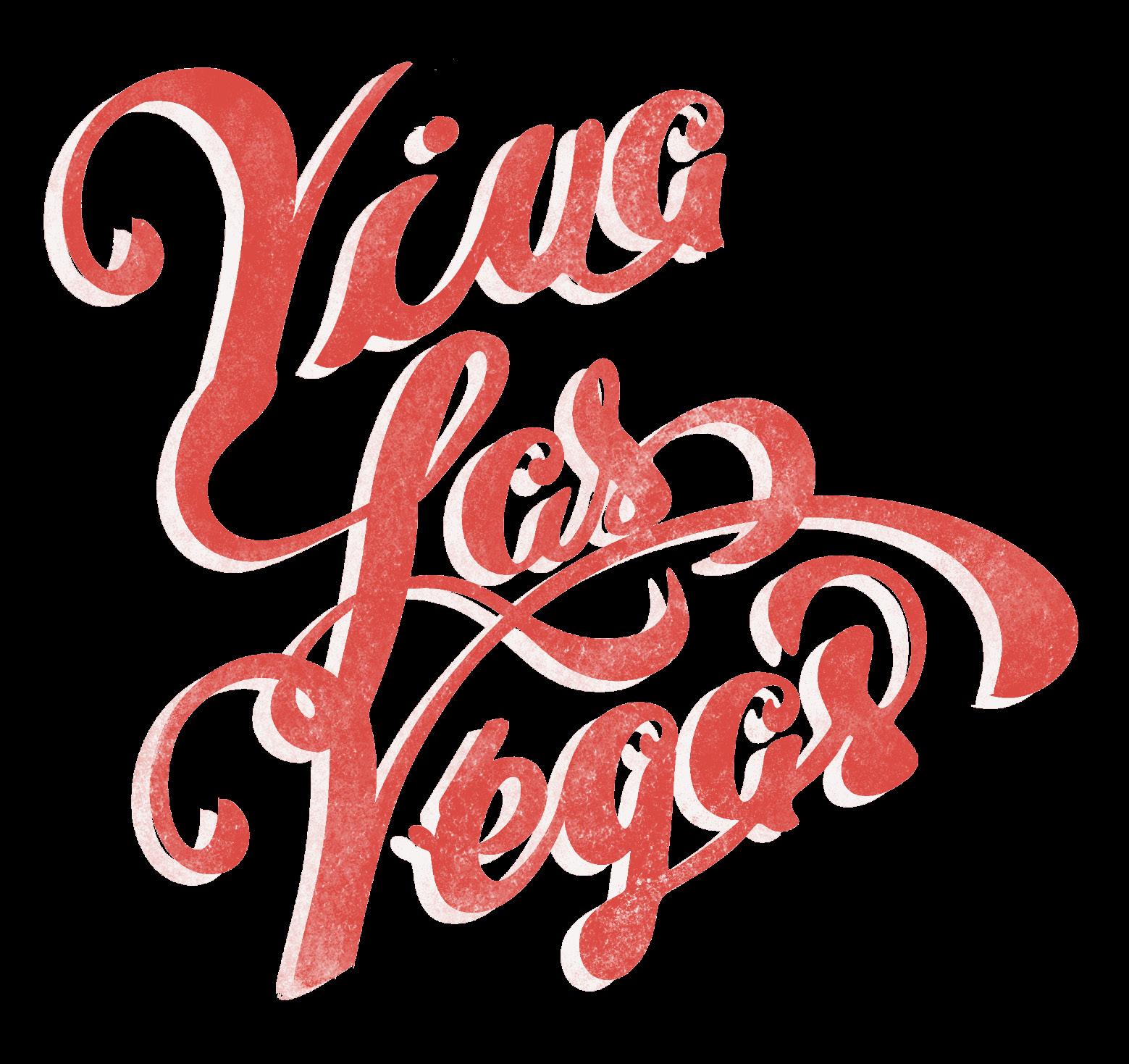
 Photo by: Daisy Pflaum
Photo by: Daisy Pflaum

